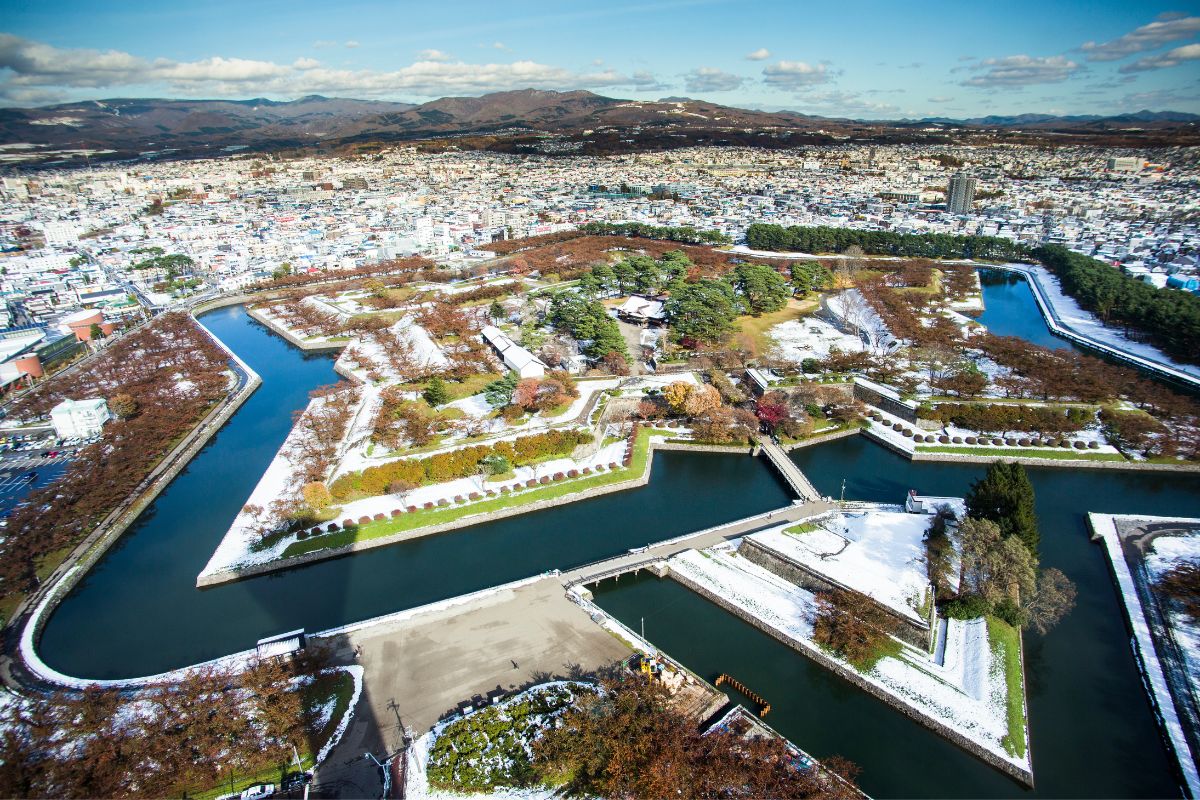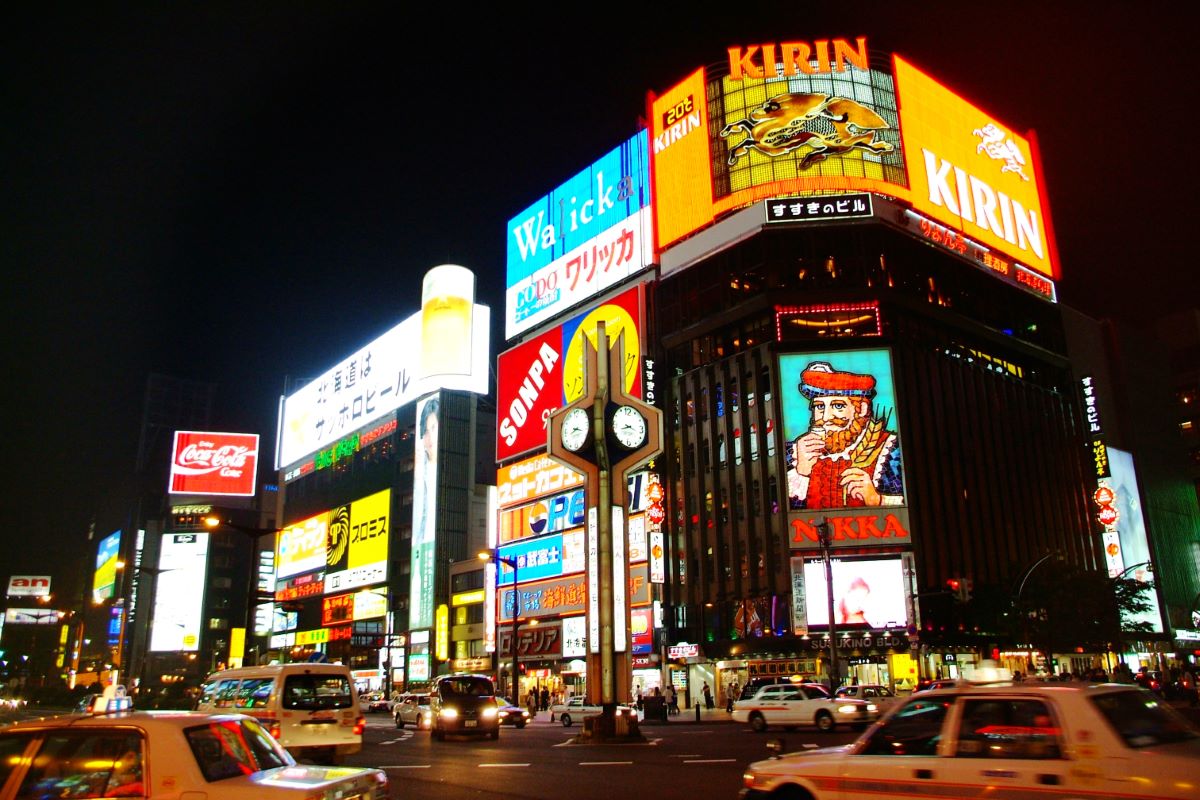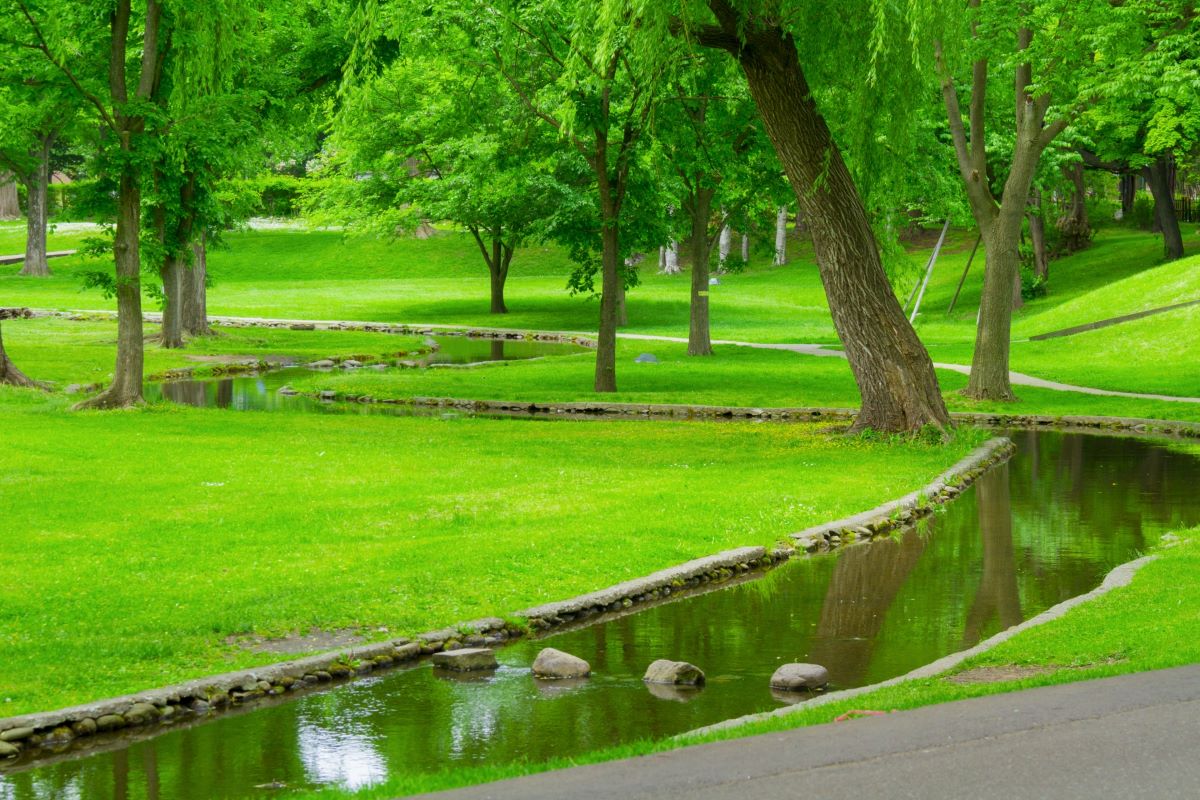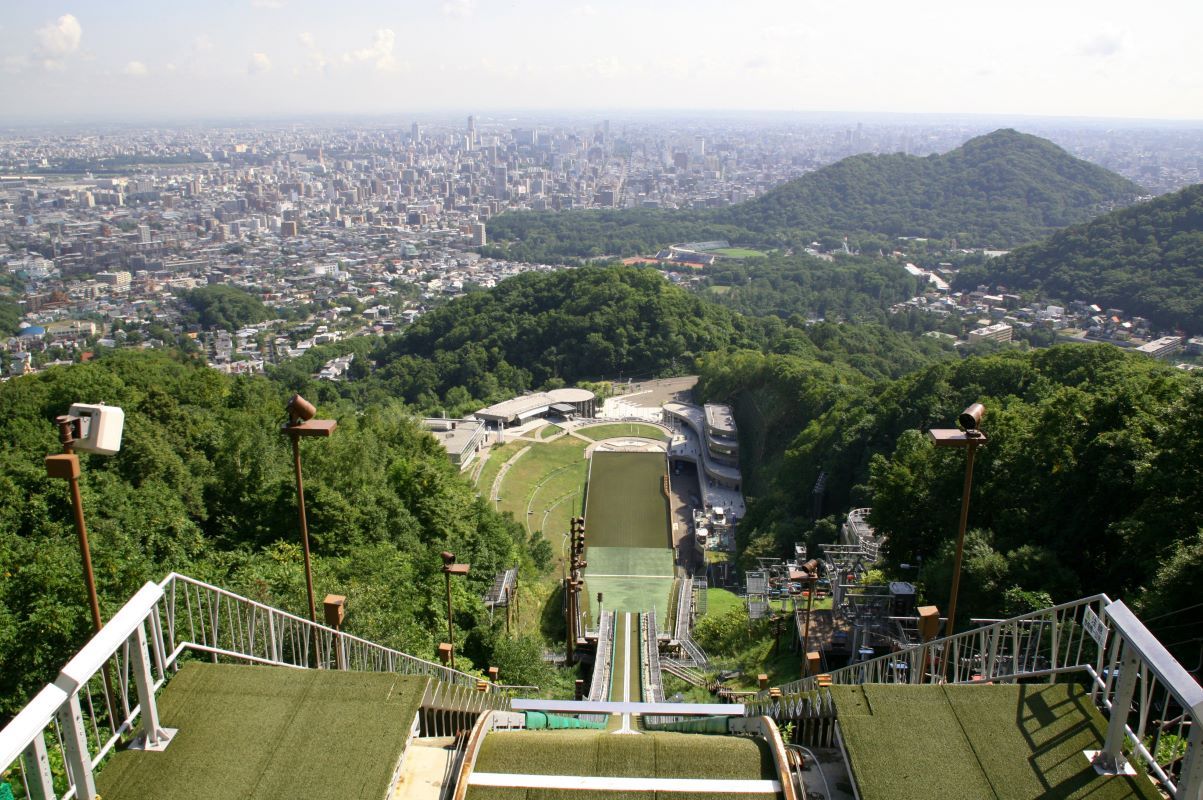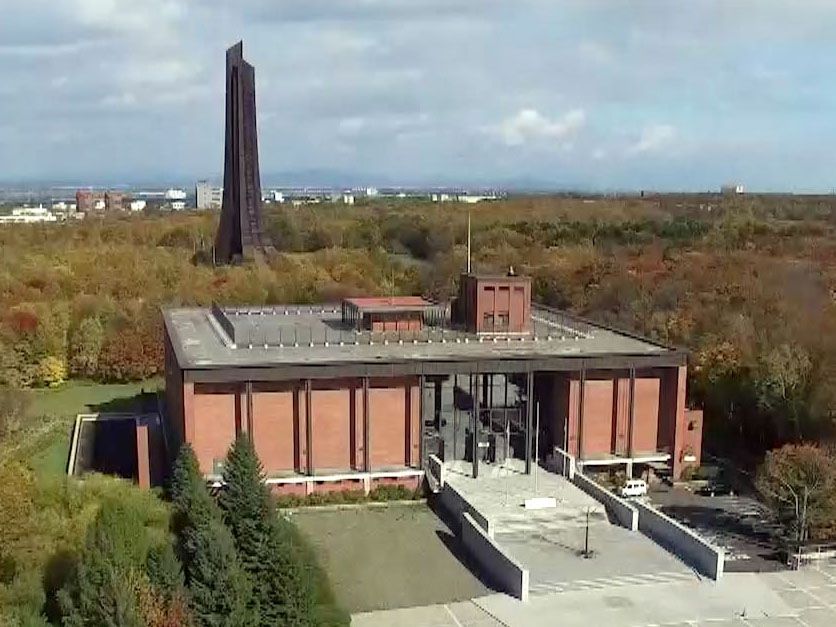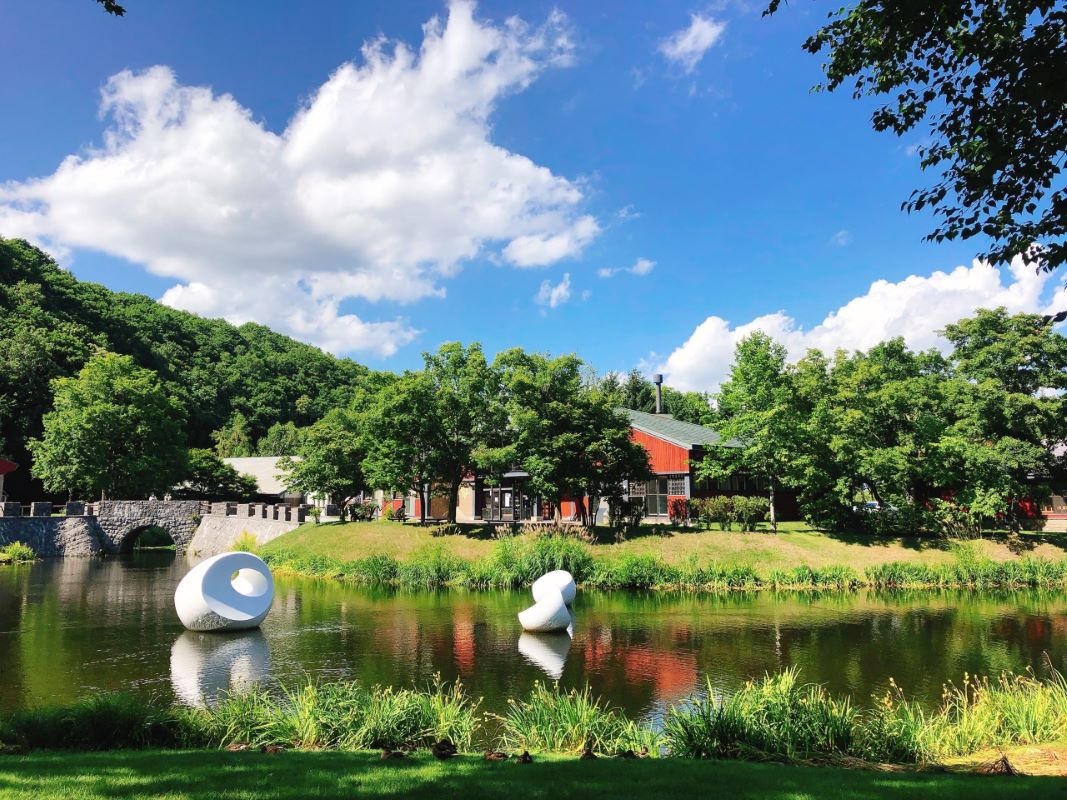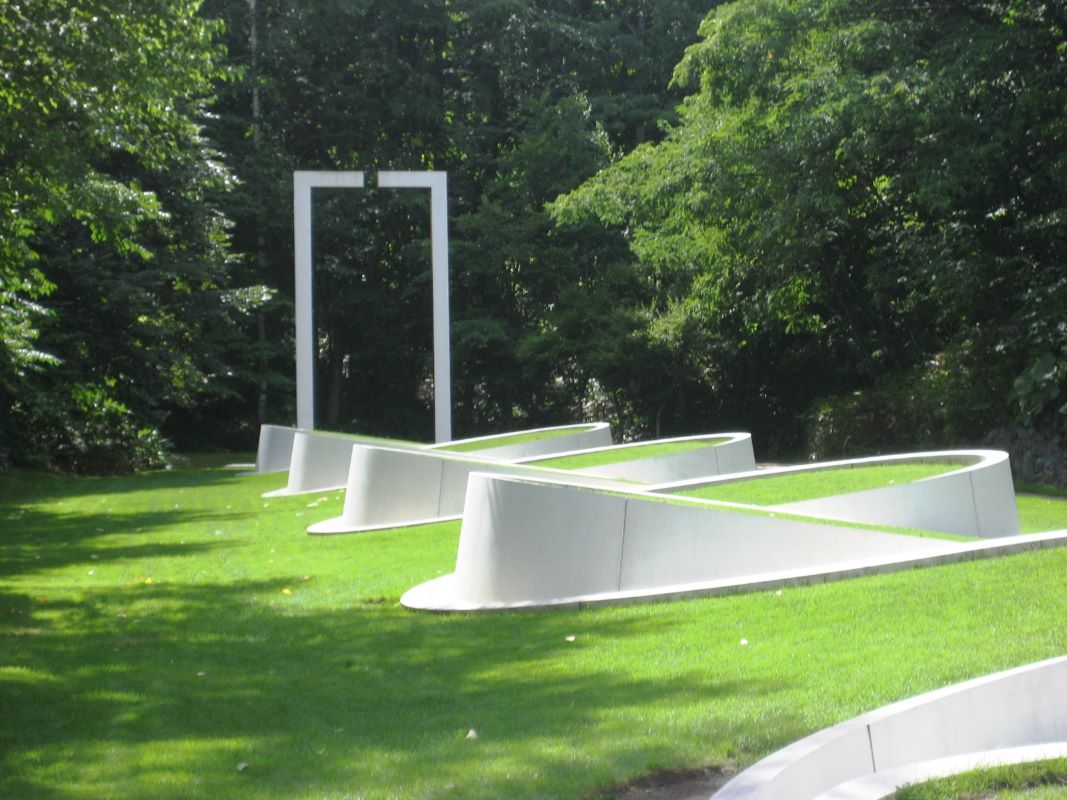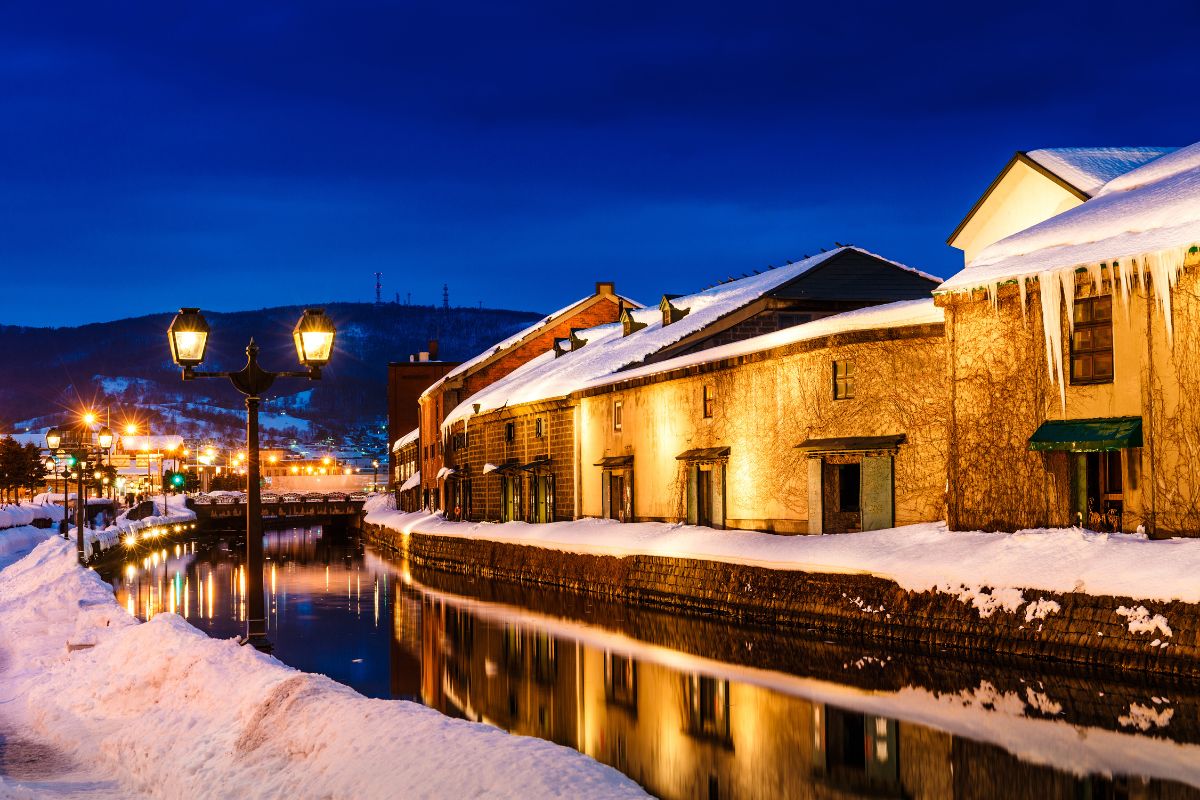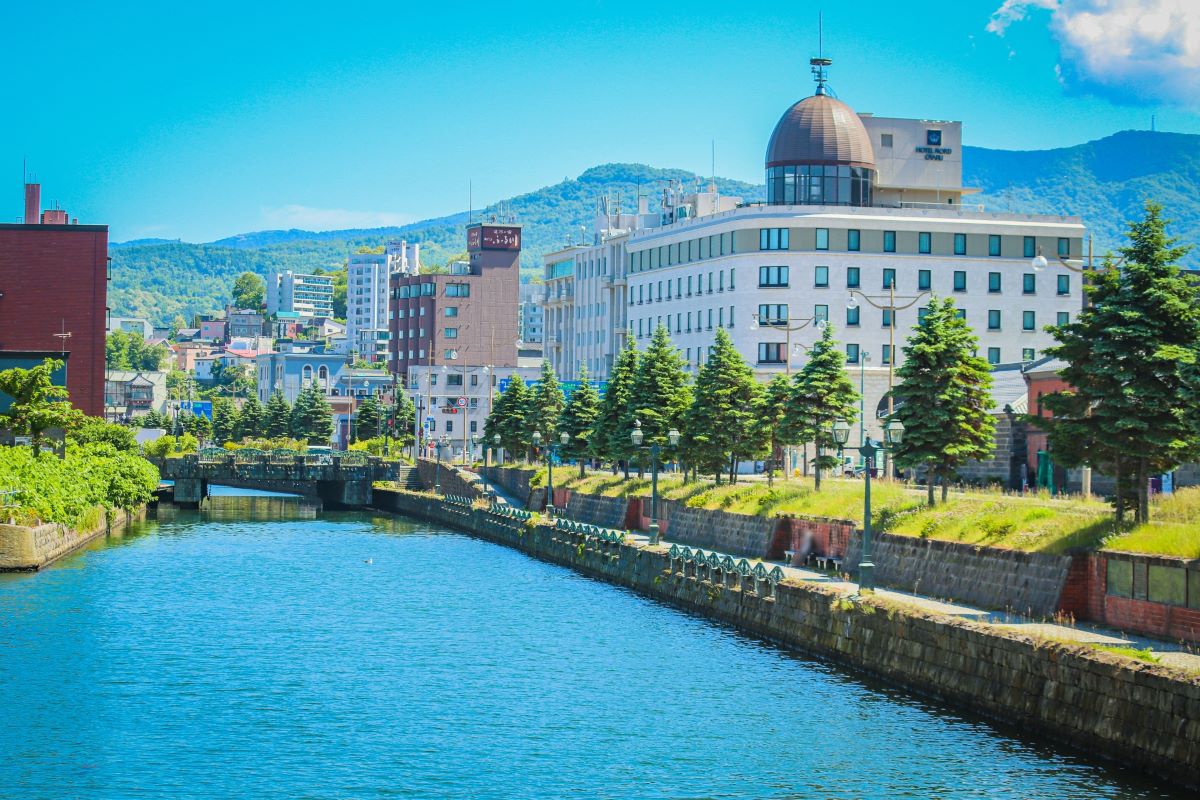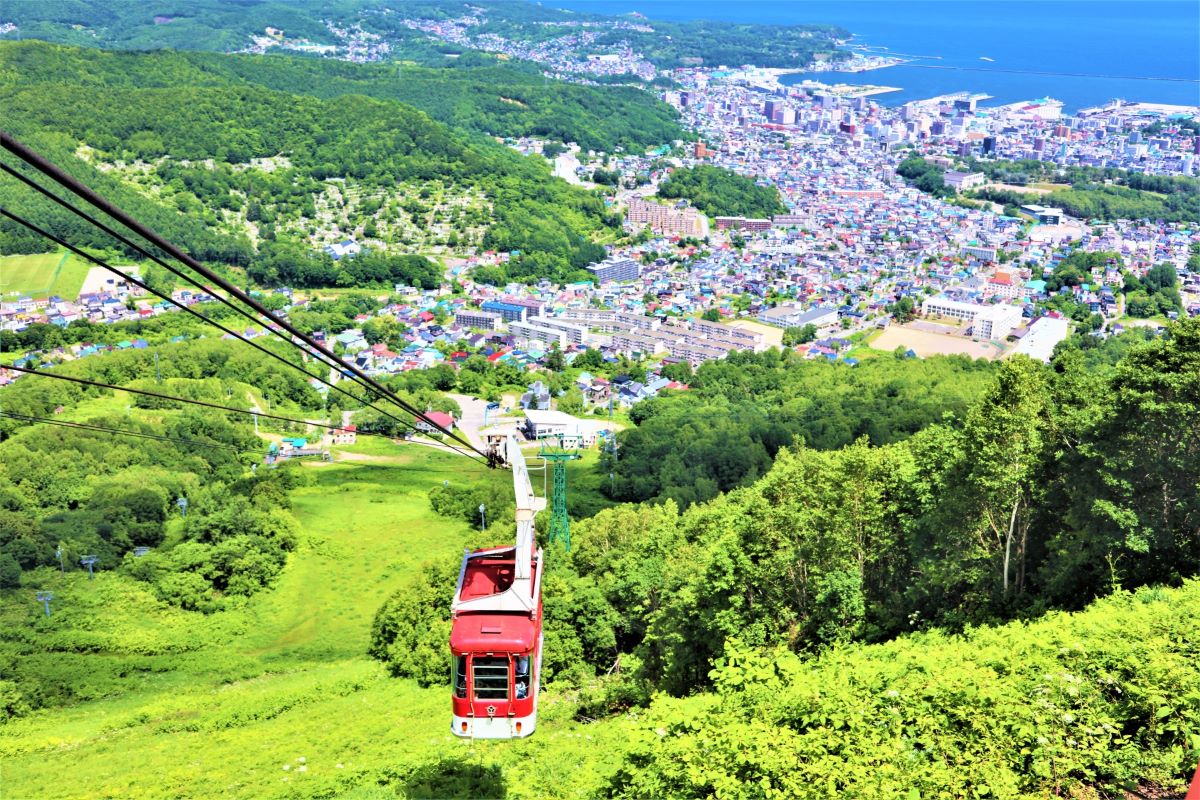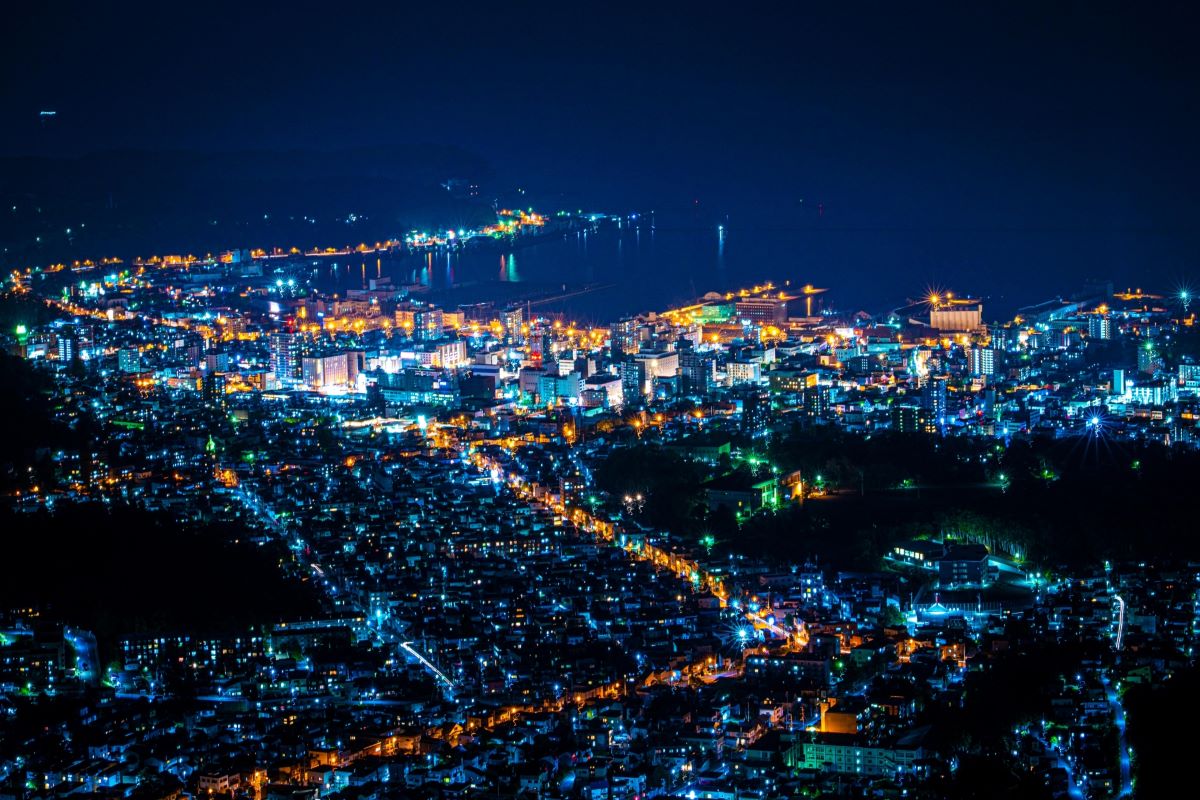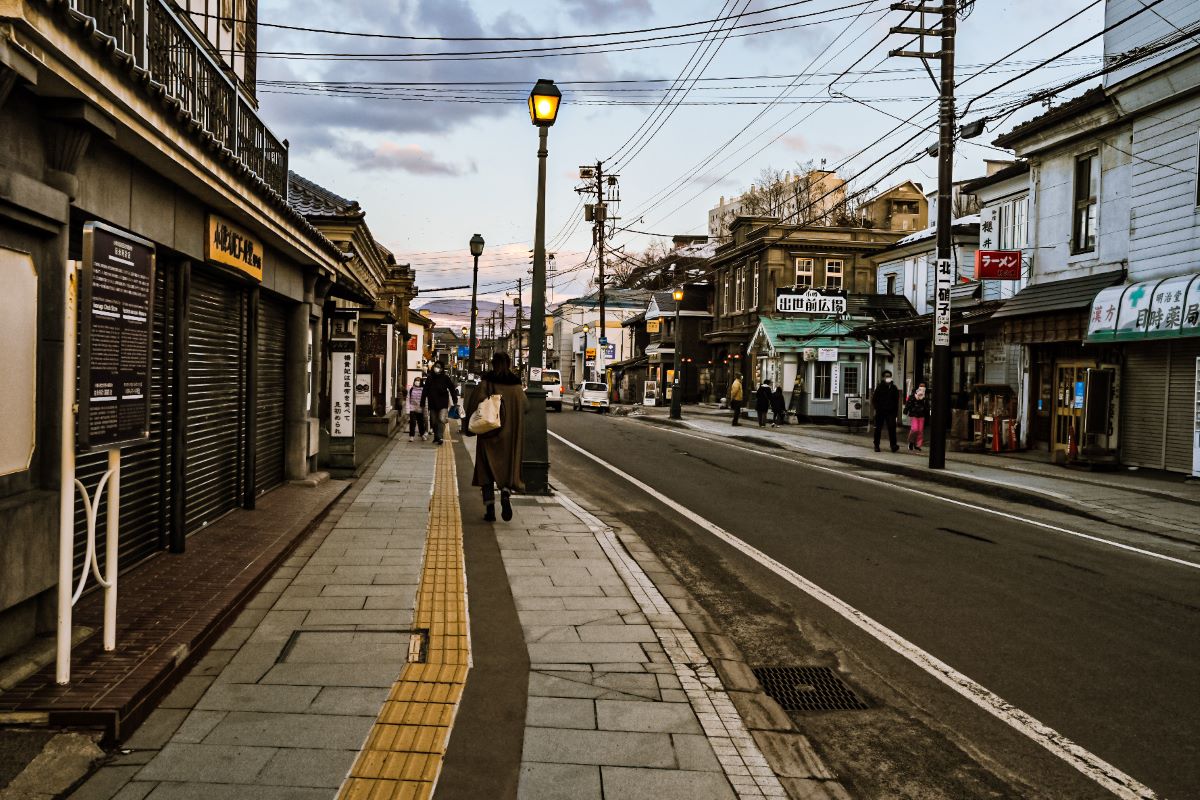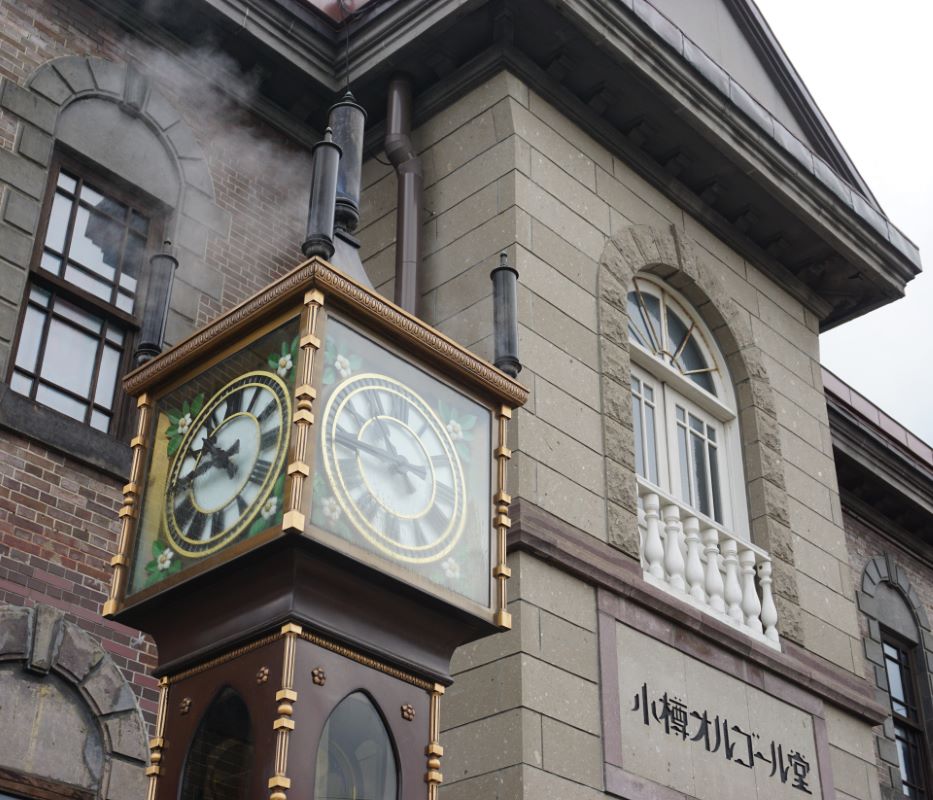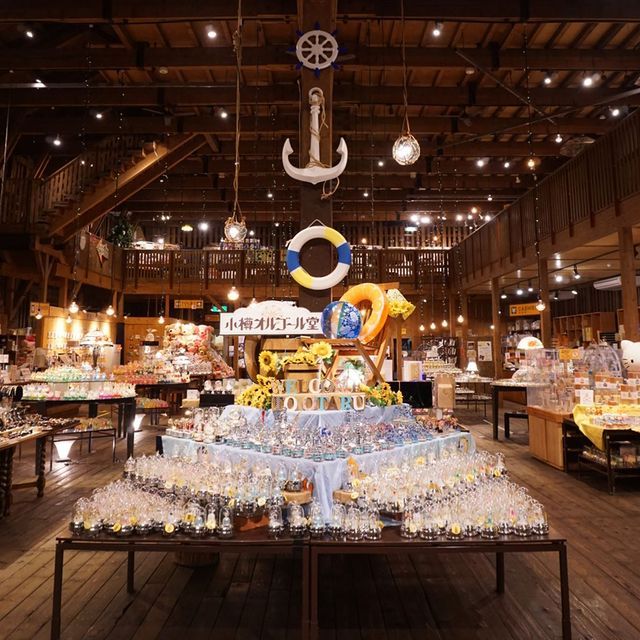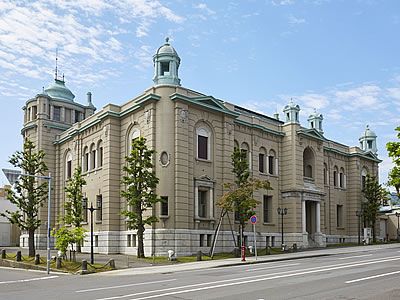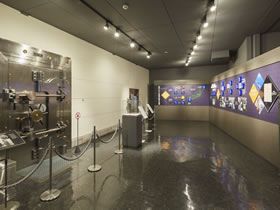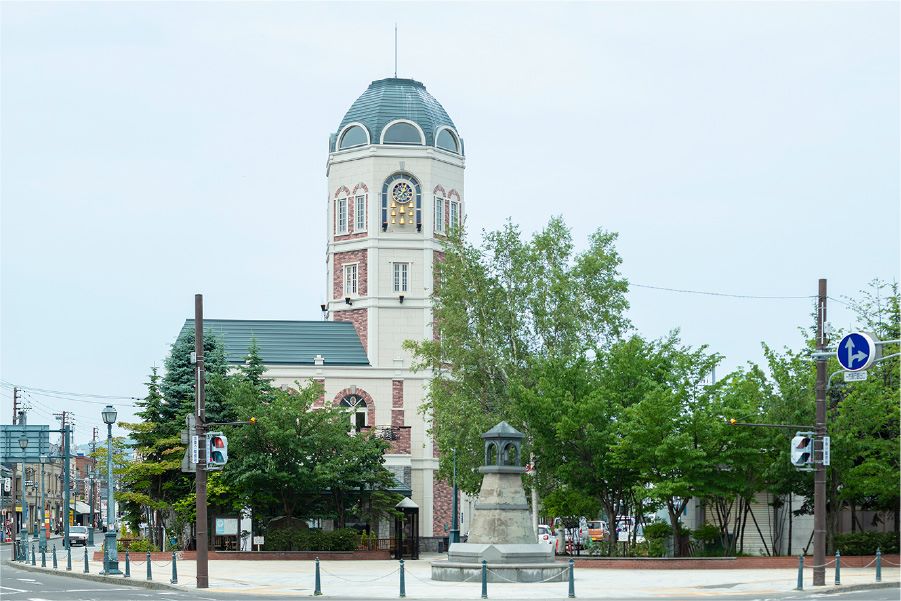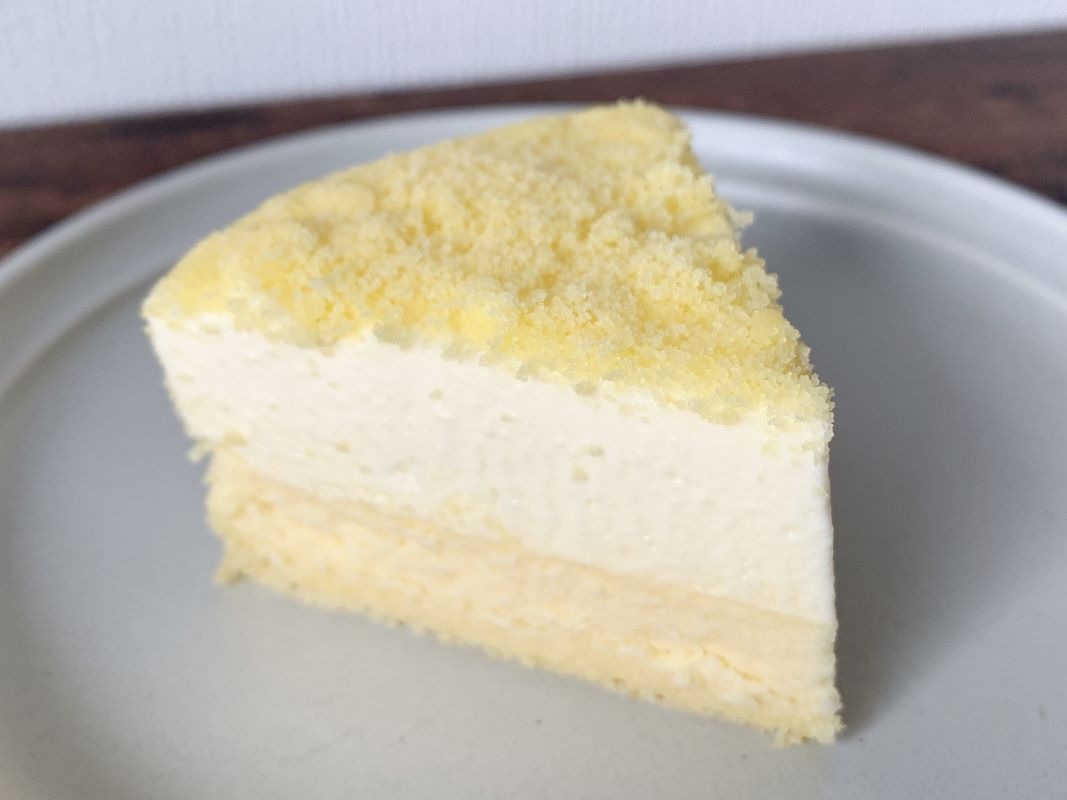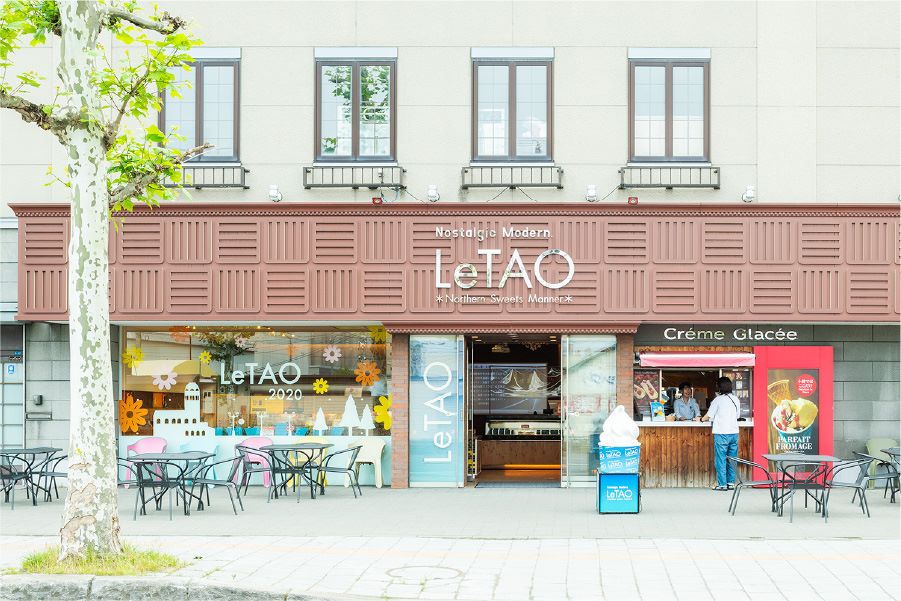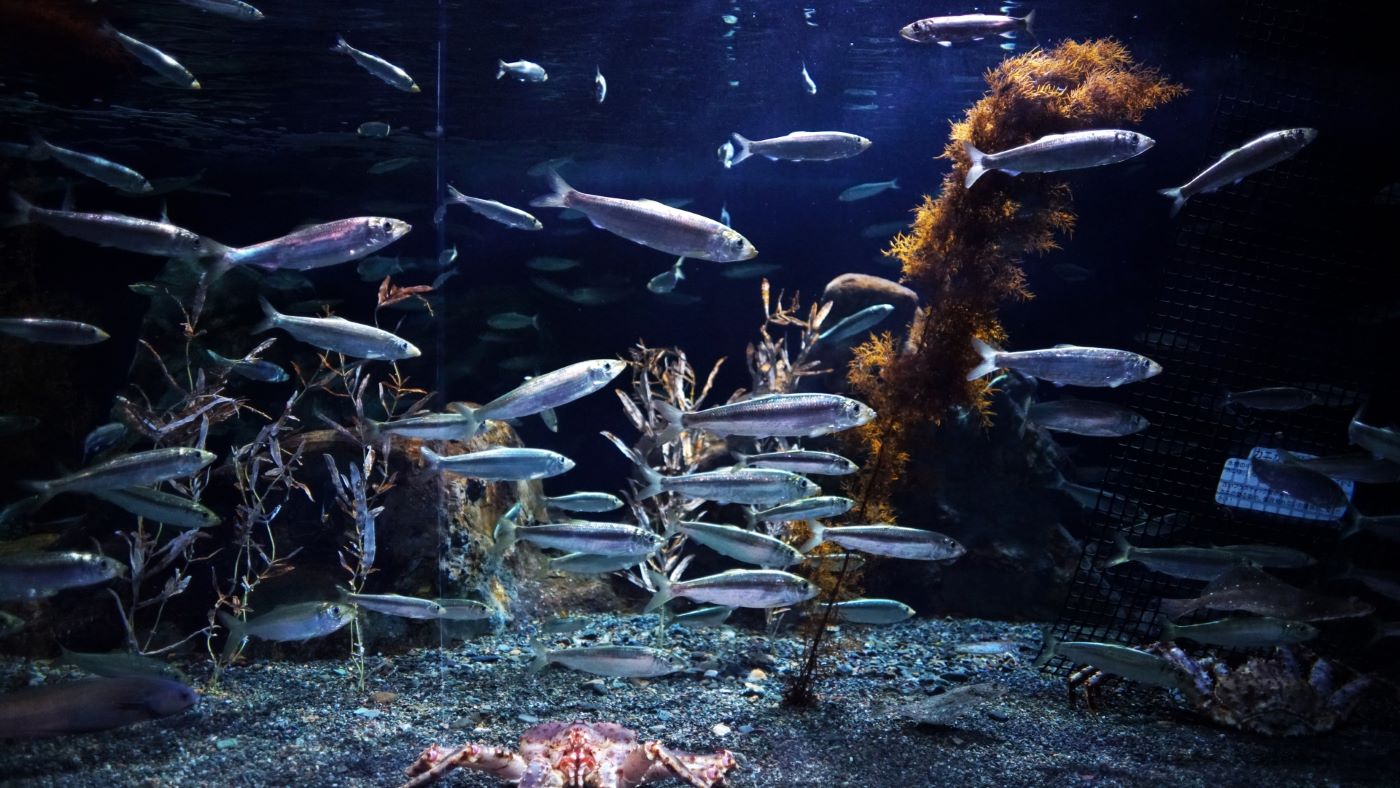The wonderful and unique Hakodate is one of the oldest cities in Hokkaido and is a dazzling melting pot of western and Japanese influences that were suddenly thrown together as Japan walked along its path to modernization.
Located in the southern part of Hokkaido, Hakodate is famous for Goryokaku fort, its international townscapes, and the spectacular night views of Mount Hakodate.
The night view from Mount Hakodate as seen from the summit observation decksWith a Shinkansen station, airport, and ferry Hakodate is also easily accessible and could be considered the gateway to Hokkaido.
Hakodate offers a wide variety of original gourmet foods, including fresh seafood and Hakodate’s local restaurants.
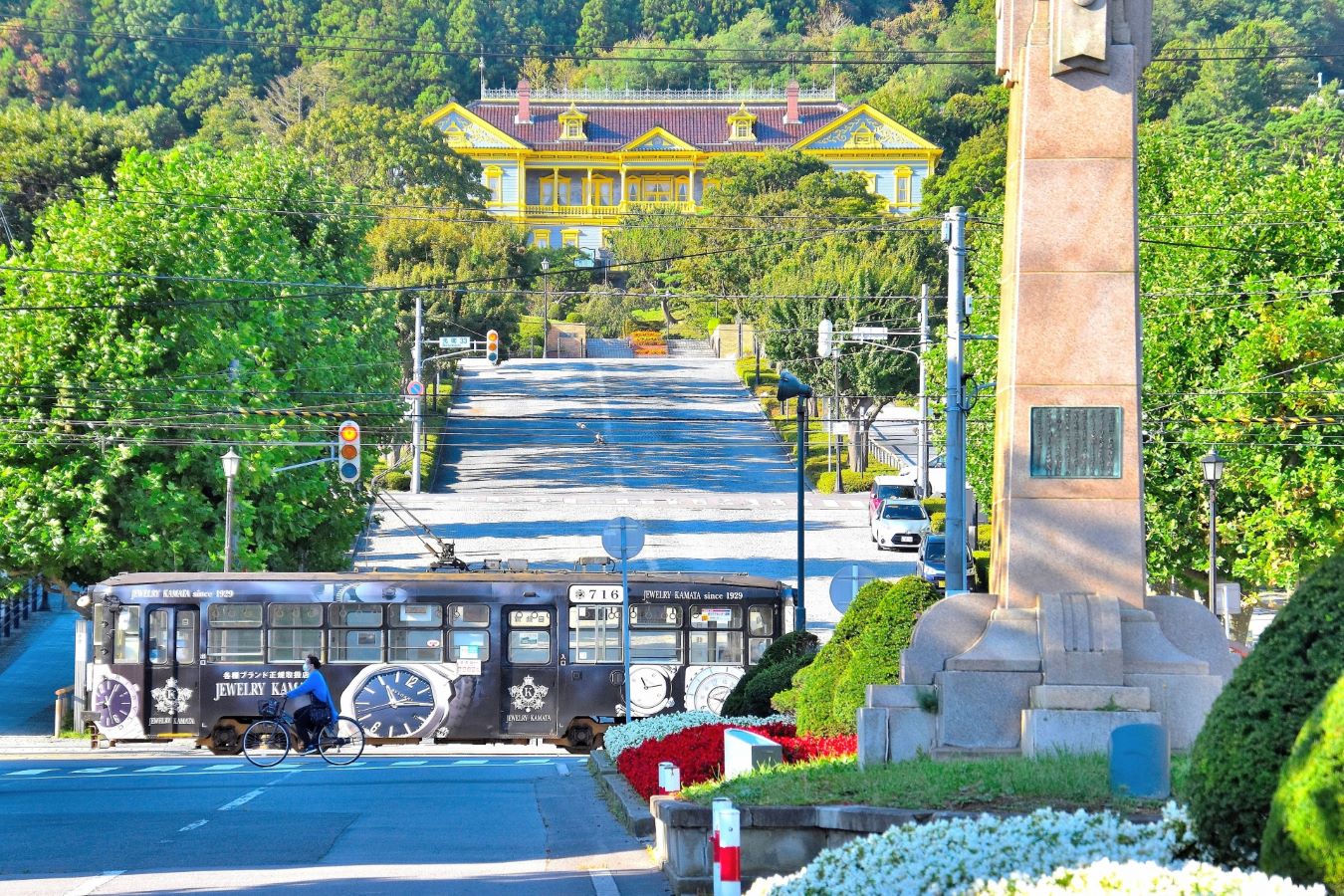
This ultimate Hokadate guide will show you all the best things to do in Hakodate Japan so you can make the most out of your trip to this truly unique city.
A brief History Of Hakodate
In around 1454, Masamichi Kono, a vassal of the Ando Masaki clan, built the Usukishi-Kono Kan near Motomachi Park and started calling it Hakodate because the shape of the building resembled a box.
Then in 1854, the Edo shogunate decided to open the port of Hakodate along with Shimoda, and exchange with the rest of the world began to flourish.
The area around Hakodate was placed under the direct control of the shogunate and became the diplomatic and political area and important central hub of the island of Hokkaido.
Goryokaku Fort And Park
Goryokaku Koen ParkThe interesting and unique Goryokaku is a star-shaped fortress built by the Edo Shogunate as the key to northern security during the uncertain time preceding the Meiji restoration.
Now it is a wonderful and expansive park and a favored recreational spot for Hakodate citizens.
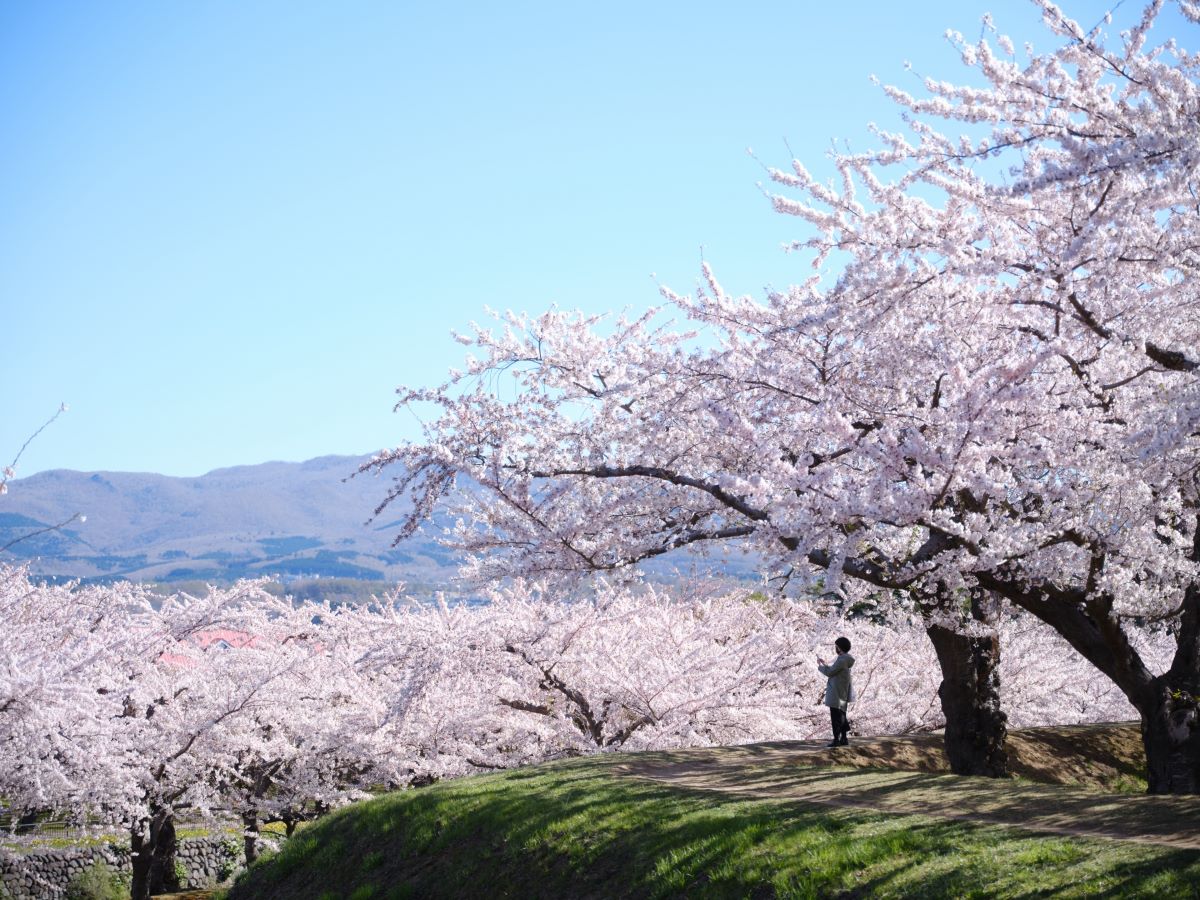
Along with the tower be sure to leave time to take a stroll around the picturesque Goryokaku Park.
The Park is home to many valuable historical buildings from the Edo period, such as the fascinating and beautifully restored Hakodate’s Magistrates Office and the military supply warehouse.
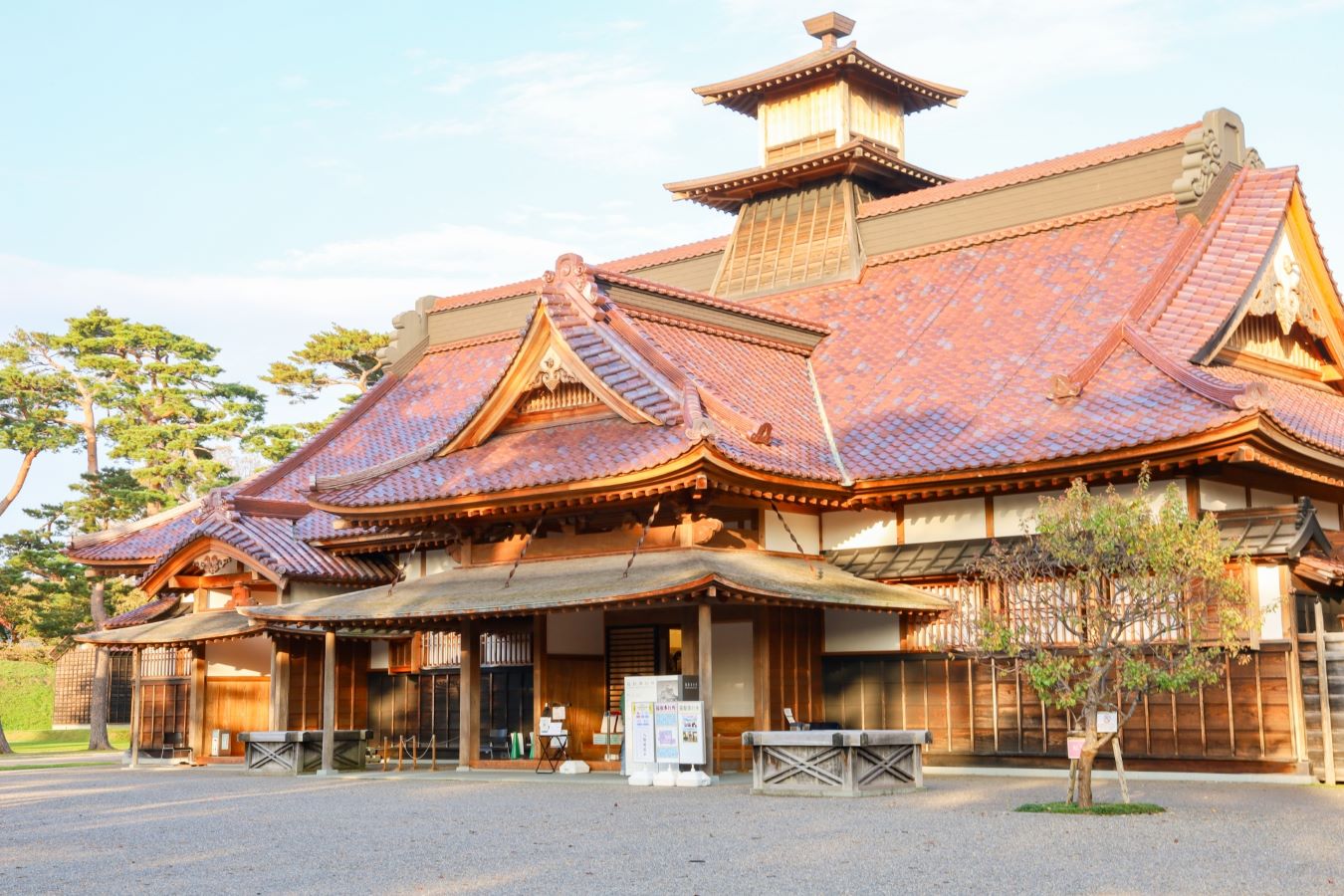
The park is also one of the most famous places in all of Japan to view the cherry blossoms when in season.
Goryokaku Tower
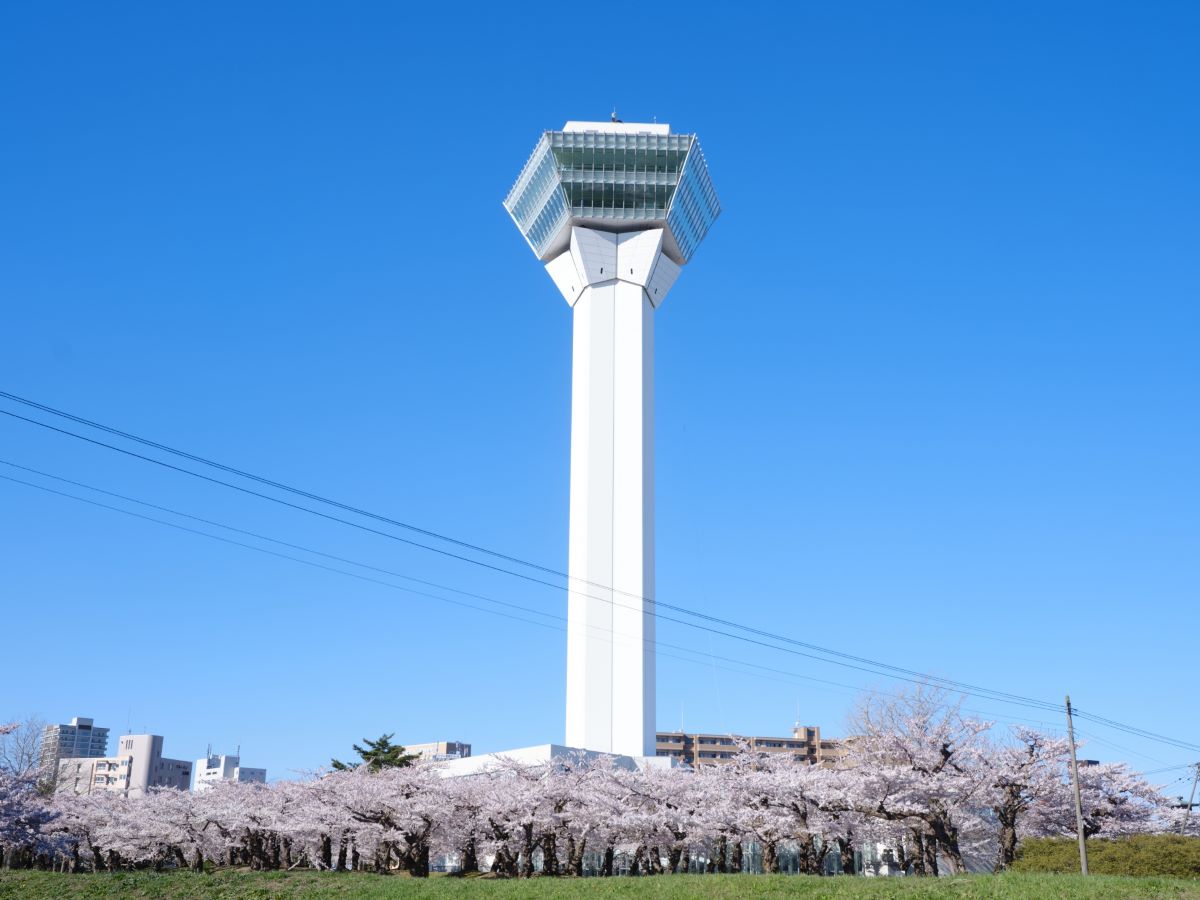
Located at the entrance to Goryokaku Park, the all-white Goryokaku Tower dramatically rises to a height of 107 meters.
From the breathtaking sky-high observation deck, you can look down on a complete view of the star-shaped fortress of Goryokaku and it is truly one of the most amazing views you’ll see.
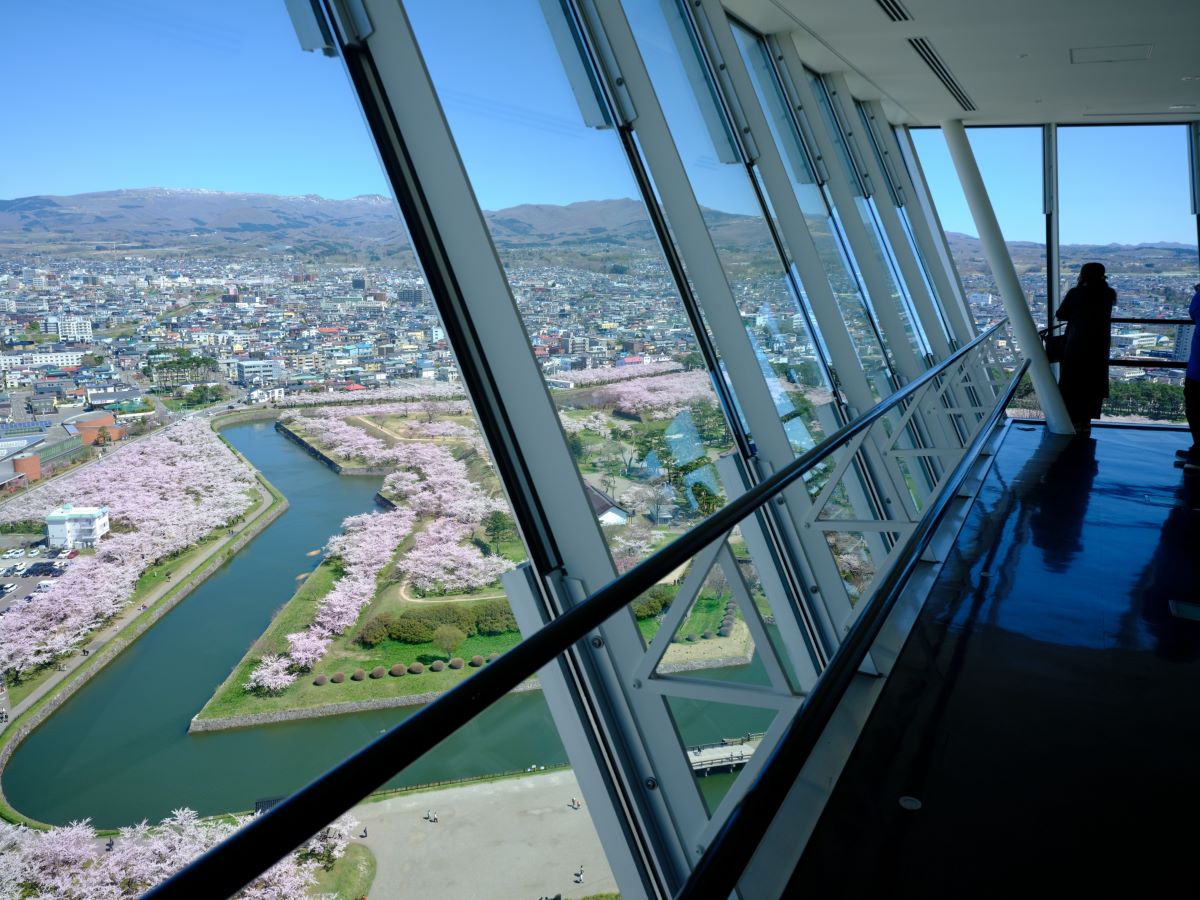
There is a bronze statue of Hijikata Toshizo, the second-in-command of the Shinsengumi, who was killed in the Hakodate War, and a model of the Goryokaku fort as it appeared when it was completed.
There’s also an educational panel display on the history of Hakodate and Goryokaku.
Hakodate Morning Market
Hakodate Morning Market HakodateAnother one of the top attractions in Hakodate is the always-bustling Hakodate Morning Market, a seafood paradise just a minute’s walk from Hakodate Station.
Along with the freshest seafood, the market offers a wide variety of local produce such as vegetables and fruits, flowers, and sweet treats.
It’s also a great place to get a fresh breakfast at least once during your stay in Hakodate.
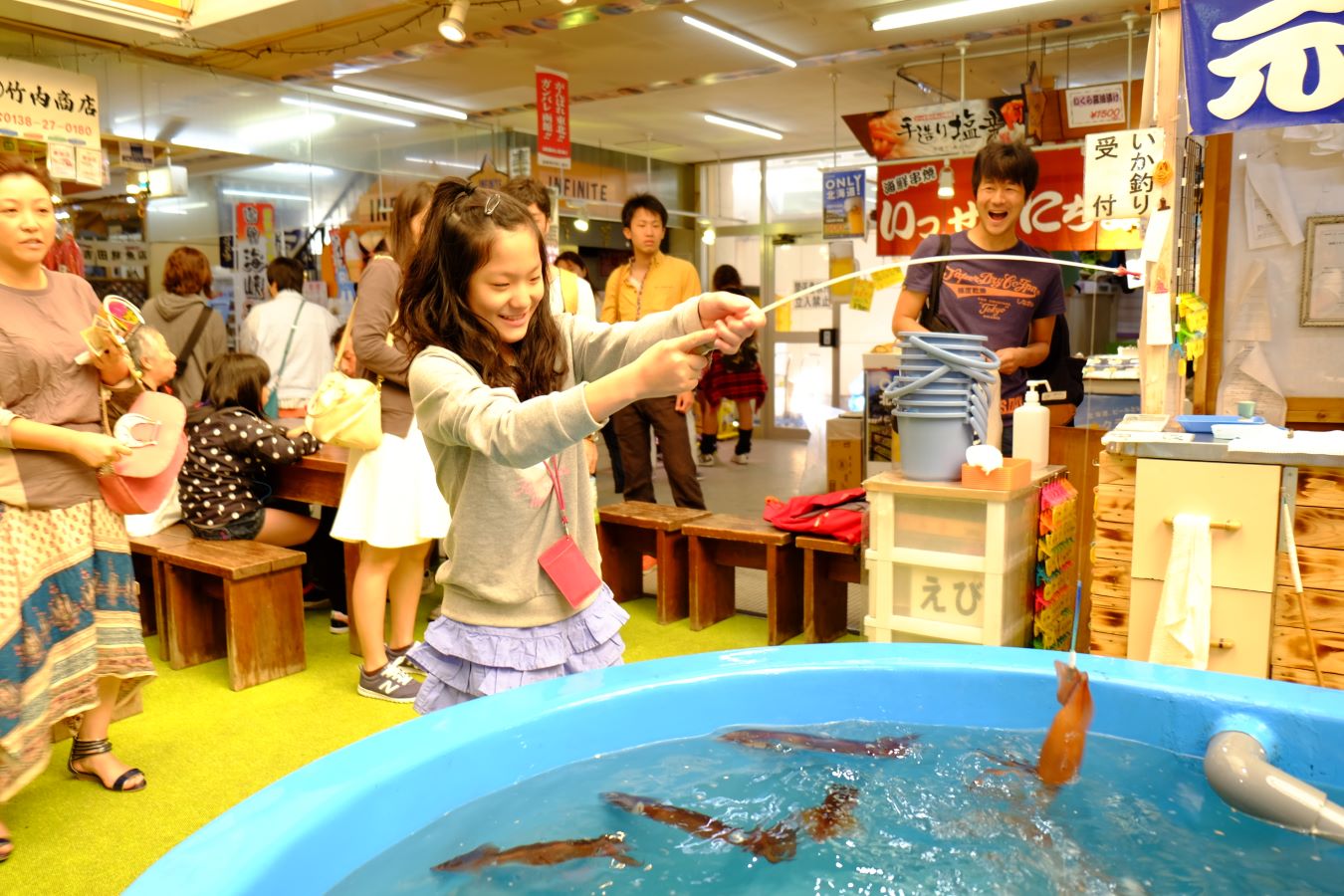
The live squid fishing pond has become a popular spot where you can catch your own meal. Squid are priced at around ¥500 to ¥1,000 per piece.
The Freshly caught squid is served on the spot and does a little squid dance when soy sauce is added.
Mount Hakodate Summit Observation Deck
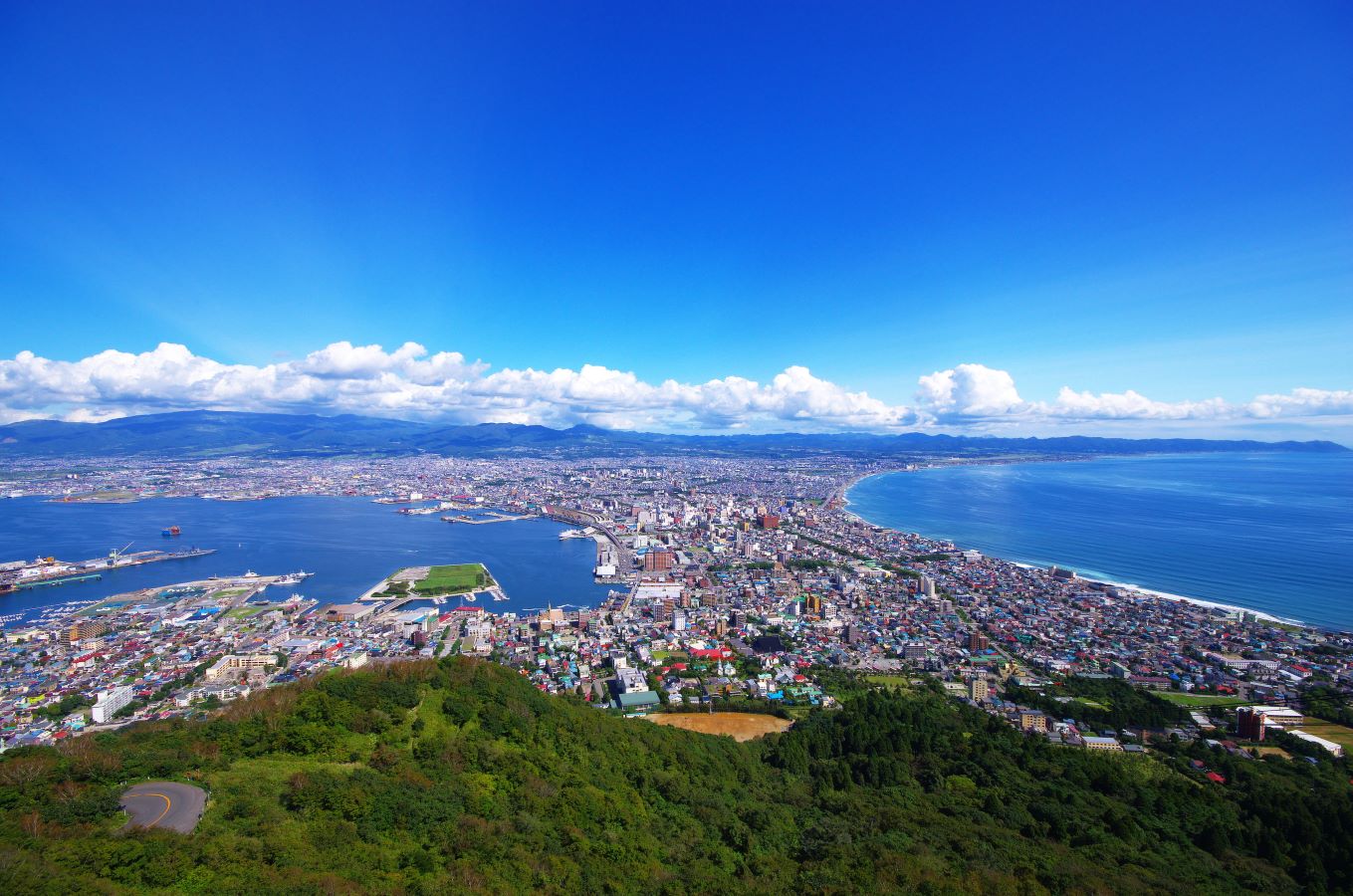
The impressive Mount Hakodate overlooks the city of Hakodate and you can head up to it’s summit to enjoy the view.
At an elevation of 334 meters above sea level, the fabulous Mt Hakodate Observatory offers a dazzling view of Hakodate.
The night view from the top of the mountain is famous as one of the world’s top three nightscapes along with Hong Kong and Naples.
The night view from Mount HakodateYou can get to the top by bus, taxi, or by hiking but the best way is to take the dedicated ropeway which takes just 3 minutes to whizz you up to the summit.

Inside the building, there is also a restaurant where you can grab a bite to eat while taking in the sparkling night view.
Kanemori Red Brick Warehouse
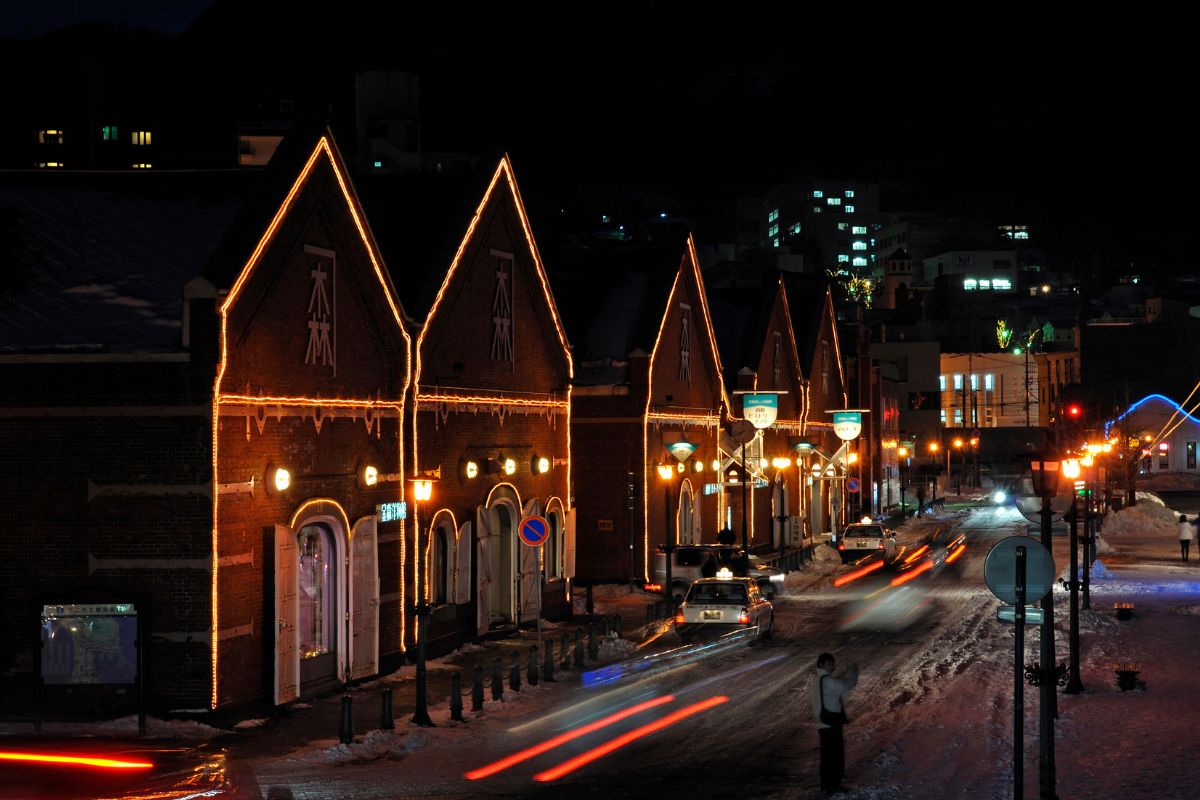
Just in front of Hakodate Port in the bay area is the stylish and historic Kanemori Red Brick Warehouse.
The charming red brick buildings have been used as warehouses since the early Meiji period. Today, spacious warehouses are used as restaurants and multipurpose halls, but the exterior remains the same.
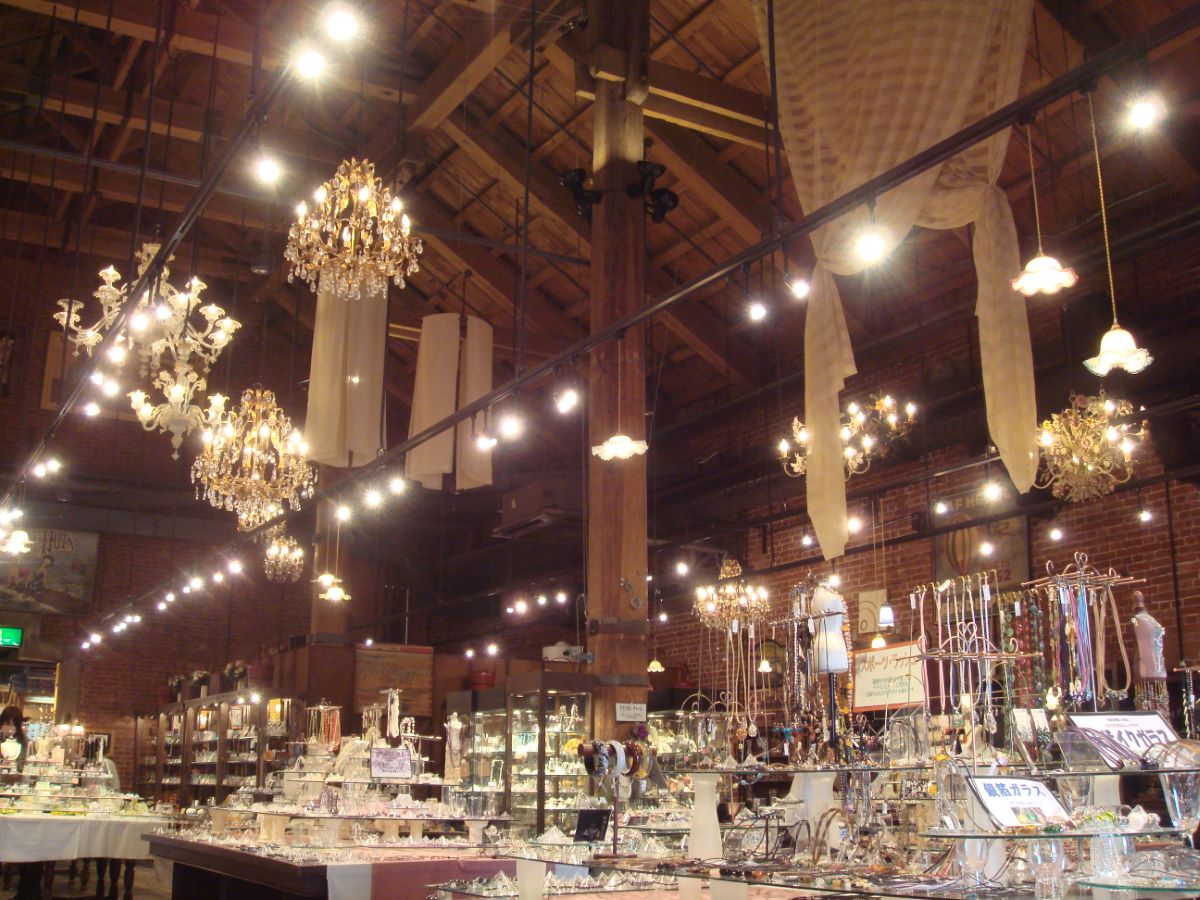
The indoor facilities are also well equipped with various shops and exhibitions making it a good place for a date on a rainy day.
Hakodate Local History Museum (Former Kanemori Western Goods Store)
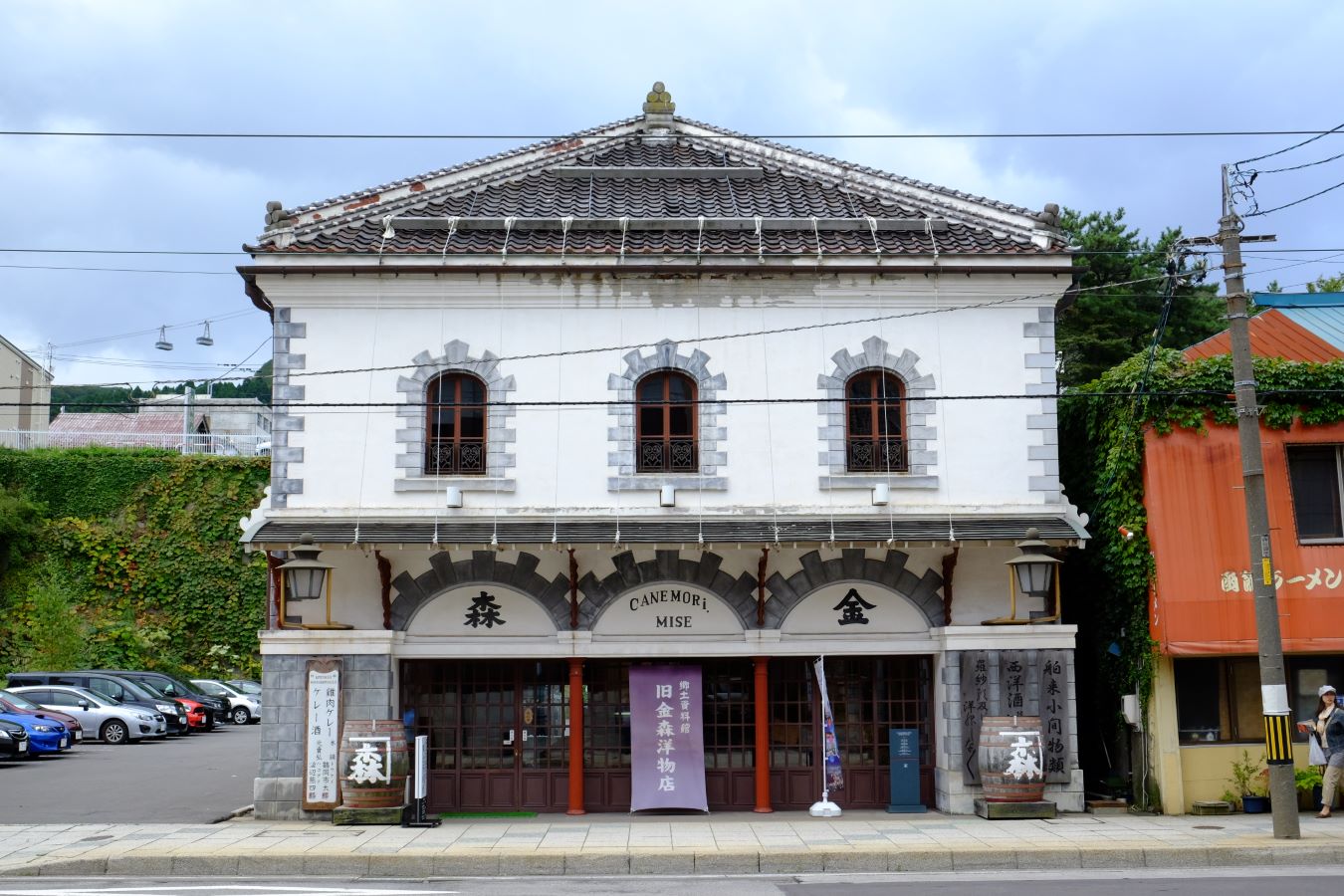
The fascinating Hakodate Municipal Museum and History Museum is in a wonderful old building that was once the Kanemori Western Goods Store was built in 1880 using fireproof bricks which were a rarity at the time.
When the building is seen from the outside, the first floor is Japanese style, while the second floor is Western-style making for an intriguing blend of Japanese and Western architecture.

Inside the museum, there are dioramas, panels, and exhibits that provide an easy-to-understand introduction to the store and how it would have operated during the Meiji era.
Among the exhibits is a fascinating Swiss-made music box, one of only a few in the world, that the founder brought back from his travels in Europe.
Lucky Pierrot
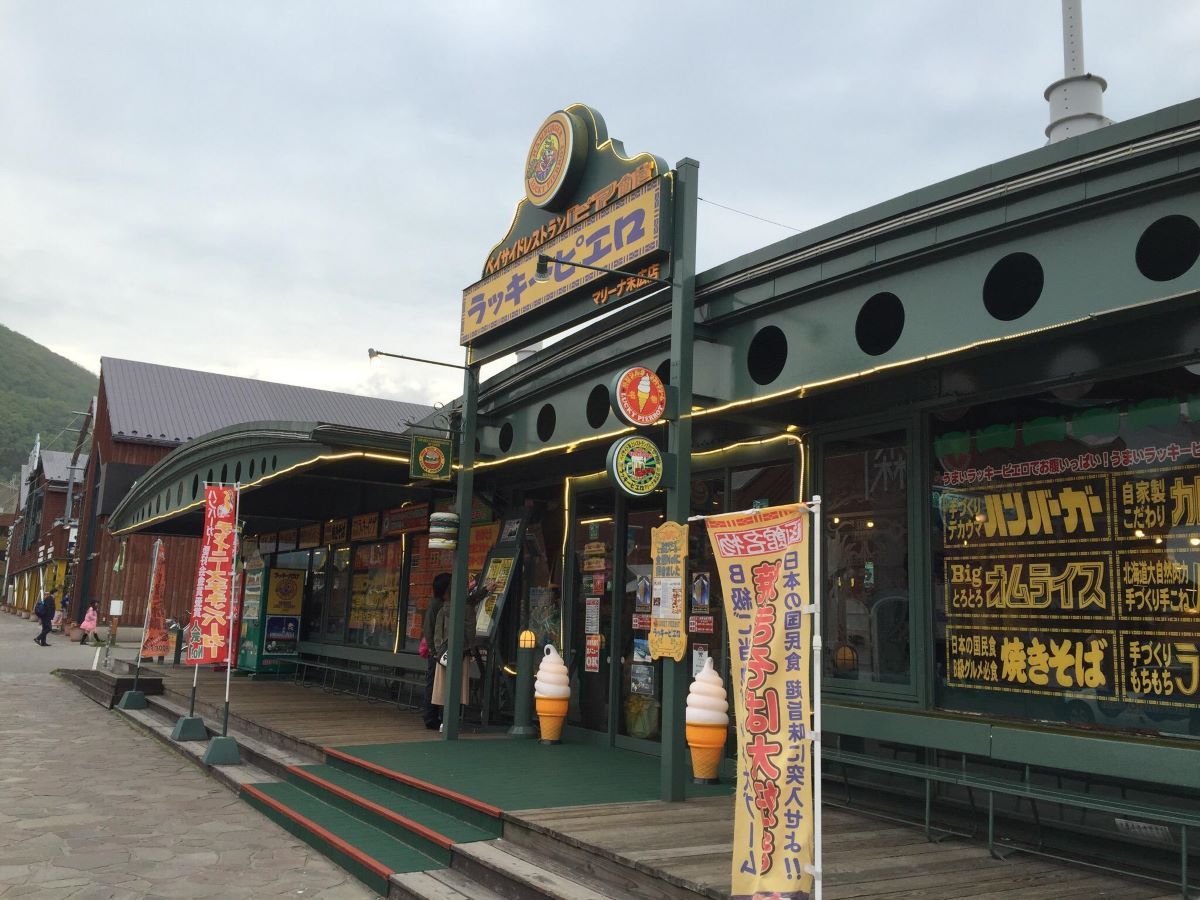
For many Japanese, despite all the wonderful fresh seafood in Hakodate the iconic Lucky Pierrot burger restaurant is what comes to mind when they think of eating in Hakodate.
The food is hearty and filling and could be thought of as Hakodate’s soul food. It’s also quite cheap.

With 17 restaurants scattered around Hakodate, each with its own unique theme and design, it is also fun to see what each restaurant has on its limited menu.
The Lucky Pierrot Chinese Chicken Burger is the trademark dish and has won an award in a local burger competition.
Daimon Yokocho
Daimon Yokocho HakodateOne of Hakodate’s best places to enjoy an evening meal or drink is the ch Daimon Yokocho, a food stall village in front of Hakodate Station.
Opening up once the sun sets, this fantastic lane is crammed with tiny restaurants serving up all types of cuisine using Hakodate’s fresh local ingredients.
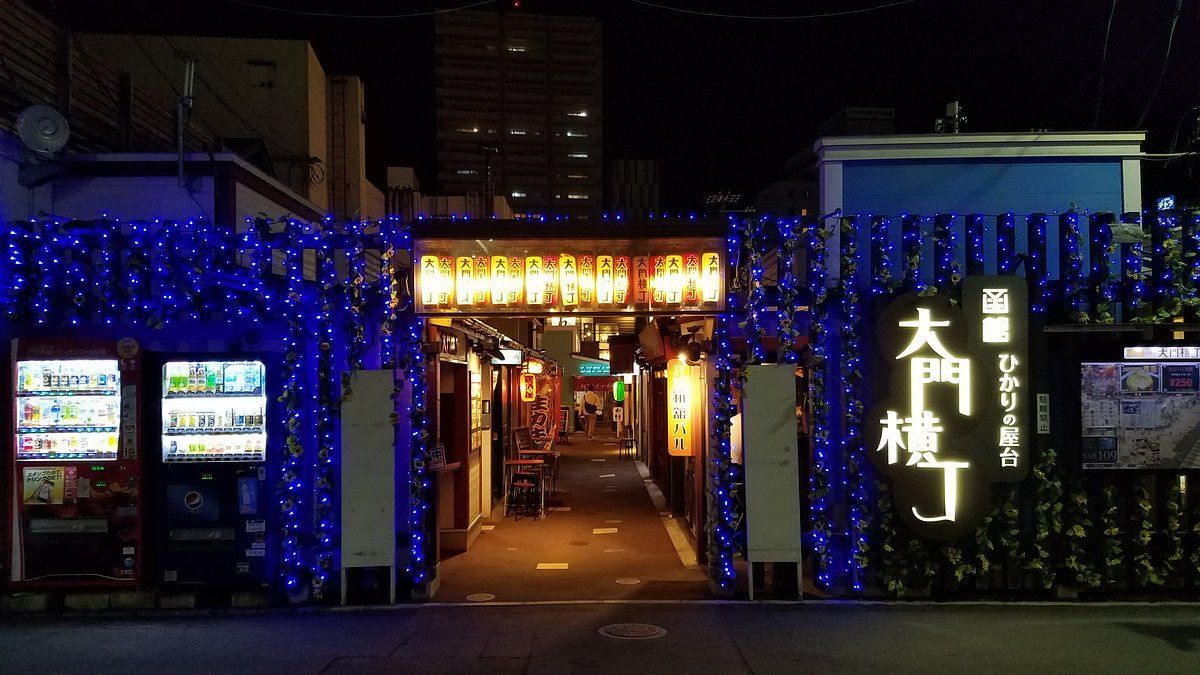
Many locals frequent the area and there are many regulars at the 26 different restaurants. This is the perfect place for those who want to experience a wide range of Hakodate’s food culture, including seafood, ramen, Italian food, and more.
Motomachi Area
Motomachi HakodateNext on our list of the best things to do in Hakodate we take you to the wonderful Motomachi area, which could be said to be the first place in Hokkaido to be baptized into a foreign culture.
Lined with distinctive churches and Western-style buildings built during the Meiji and early Showa periods, here you can almost feel as if you have entered a new country.
Along with the unique buildings and vibe, there are also stunning sloped streetscapes with a spectacular view of Hakodate Bay, cafes in renovated old private houses, and much more to see and do.
Hachimanzaka Slope
Hachiman Zaka Slope HakodateThe gorgeous Hachiman zaka is a slope named after the Hakodate Hachiman Shrine, which once stood on top of the hill.
Hachiman Zaka Slope HakodateBack in the 1980s, the slope was used in a famous commercial in which a couple was filmed holding hands and skipping down the slope and it has since become famous as a filming location for movies, TV, and commercials.
Russian Orthodox Church
Russian Orthodox Church HakodateThe gorgeous Russian Orthodox Church is designated as a National Important Cultural Property and is nicknamed “Gan Gan Temple” because of its beautiful sounding bell.
In 1859, the first Russian consul, Goshkevich, secured this site as a Russian consulate, and the following year it was built as a cathedral attached to the consulate making it the first cathedral ever built in Japan.
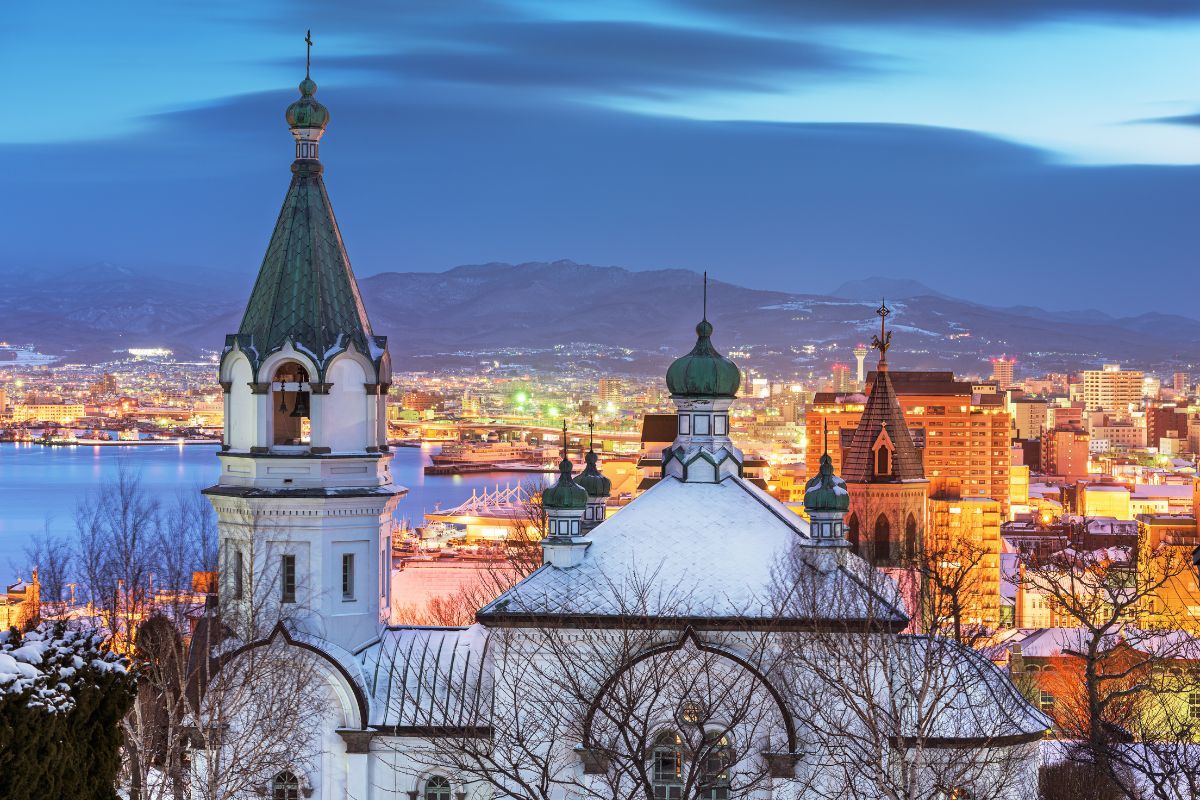
Nowadays, the bells ring out for about 3-5 minutes during all-night prayers and Eucharistic rites.
Trappistine Monastery
Trappistine Monastery HakodateFounded in 1898 by eight nuns sent from France, the magnificent Trappoistine Monastery was Japan’s first women’s contemplative convent and can still be visited today.
Perhaps because the pious nuns still live there, the atmosphere is very quiet and solemn and the nunnery itself can only be seen from the outside.

But the beautiful gardens with the majestic statues of St. Theresa, Jeanne d’Arc, and St. Michael the Archangel are open for sightseeing.
There is also a store that sells delicious handmade butter candies and sweets.
Former British Consulate in Hakodate
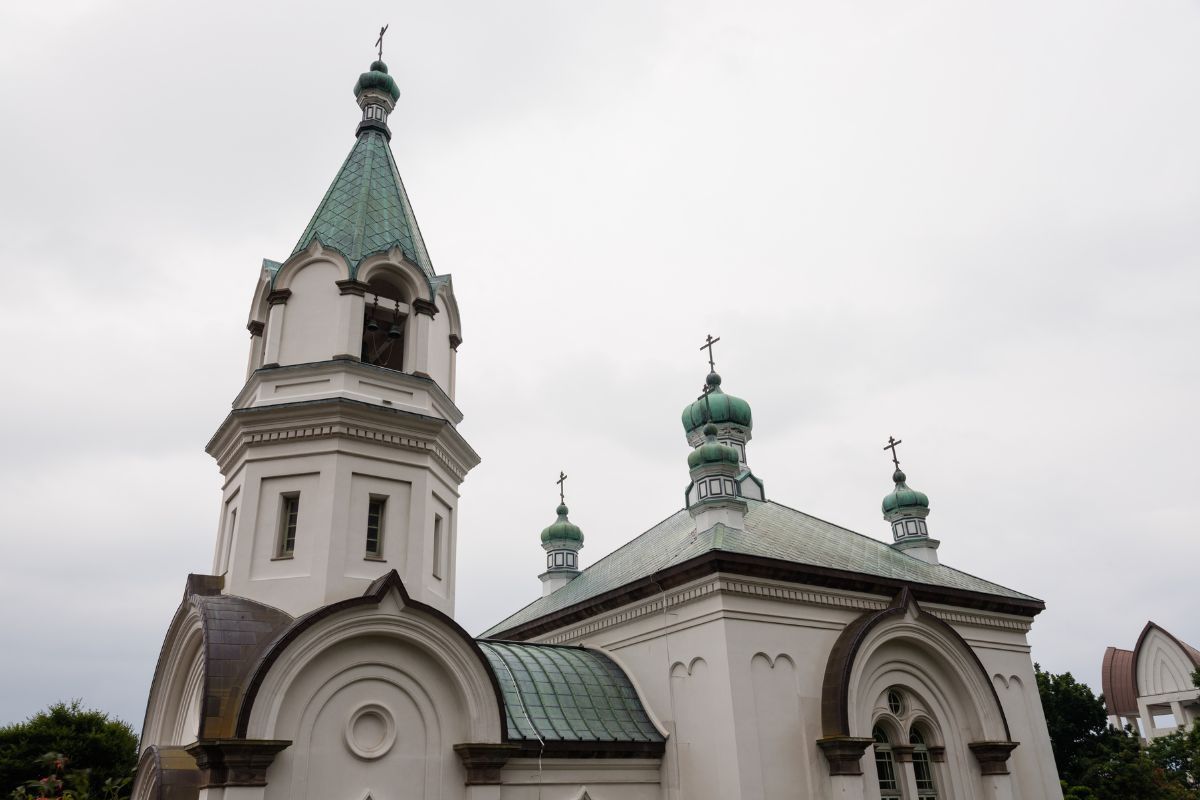
The historic former British Consulate was used for 75 years from 1859 and is popular today as a fascinating museum that shows what it was like during the time when the port was opened to foreign trade.
In addition to learning about the history of the port, you can take commemorative photos alongside a carpet with a large map of the world, and enjoy authentic English tea and baked goods.
It is located near Hachimanzaka and also has a beautiful rose garden in the courtyard, with 60 varieties that usually bloom from late June to early July.
Motomachi Park
Motomachi Park HakodateMotomachi Park is a park filled with the history of Hakodate and is also a helpful Tourist Information Center where you can pick up some additional information in English about sightseeing in the Motomachi area.
The park itself is very clean and the view is beautiful and gives you an impressive panoramic view of Hakodate Harbor

The benches and picnic tables also face the harbor, making it a good place to take a break after a long day of sightseeing. The park is also open to visitors in the evening and has a great night view.
Motomachi Roman Catholic Church

The spectacular Motomachi Roman Catholic Church is one of the unique representative architectural structures in Motomachi and you can tour the church outside of Mass times.
Once you step inside, take note of the altar, which was a gift from none other than Pope Benedict XV. Behind the cathedral, there is also the Grotto of Lourdes which is dedicated to the Virgin Mary.
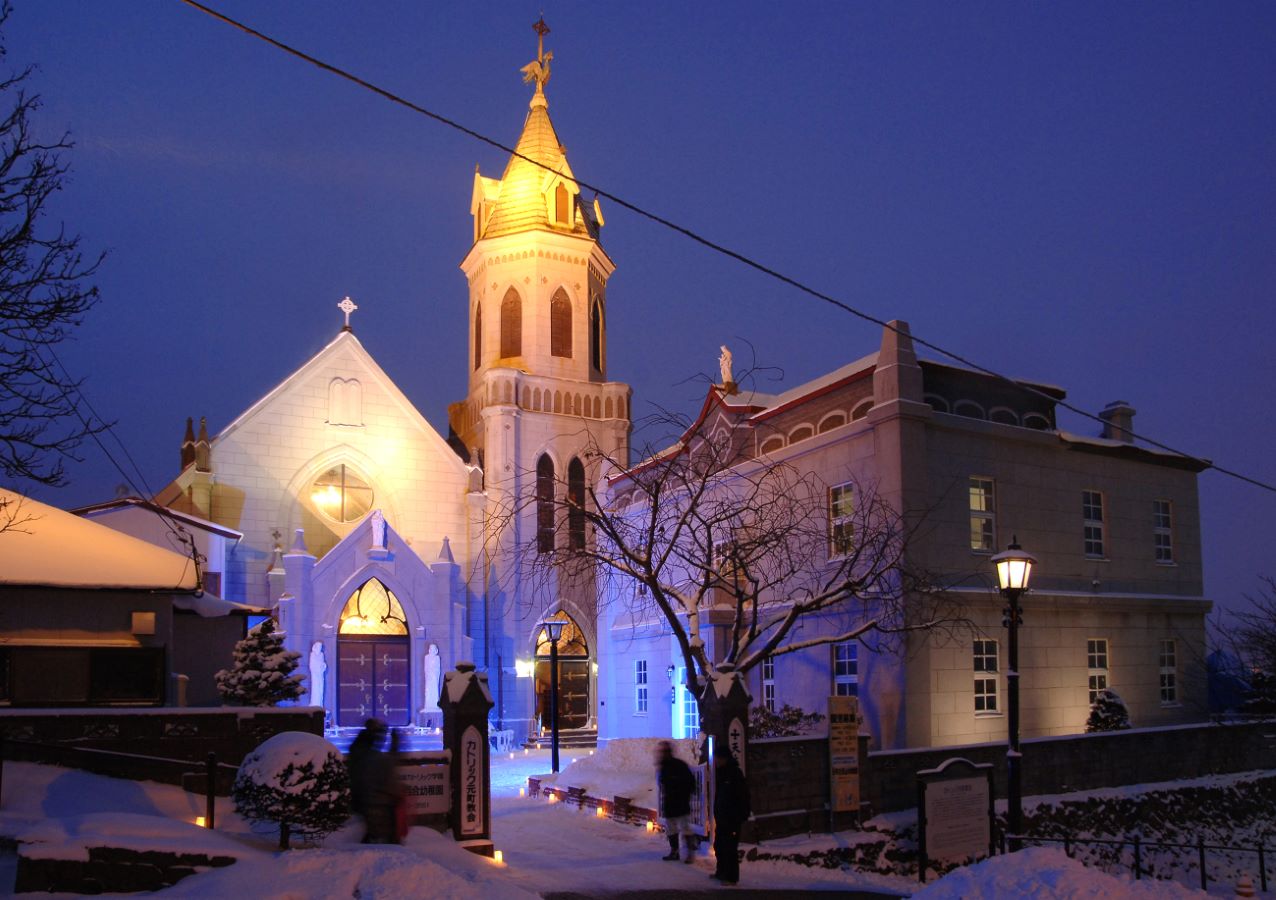
The church is illuminated at night, so you can enjoy the beauty of the architecture as you take an evening stroll around the Motomachi area.
Former Hakodate Public Hall
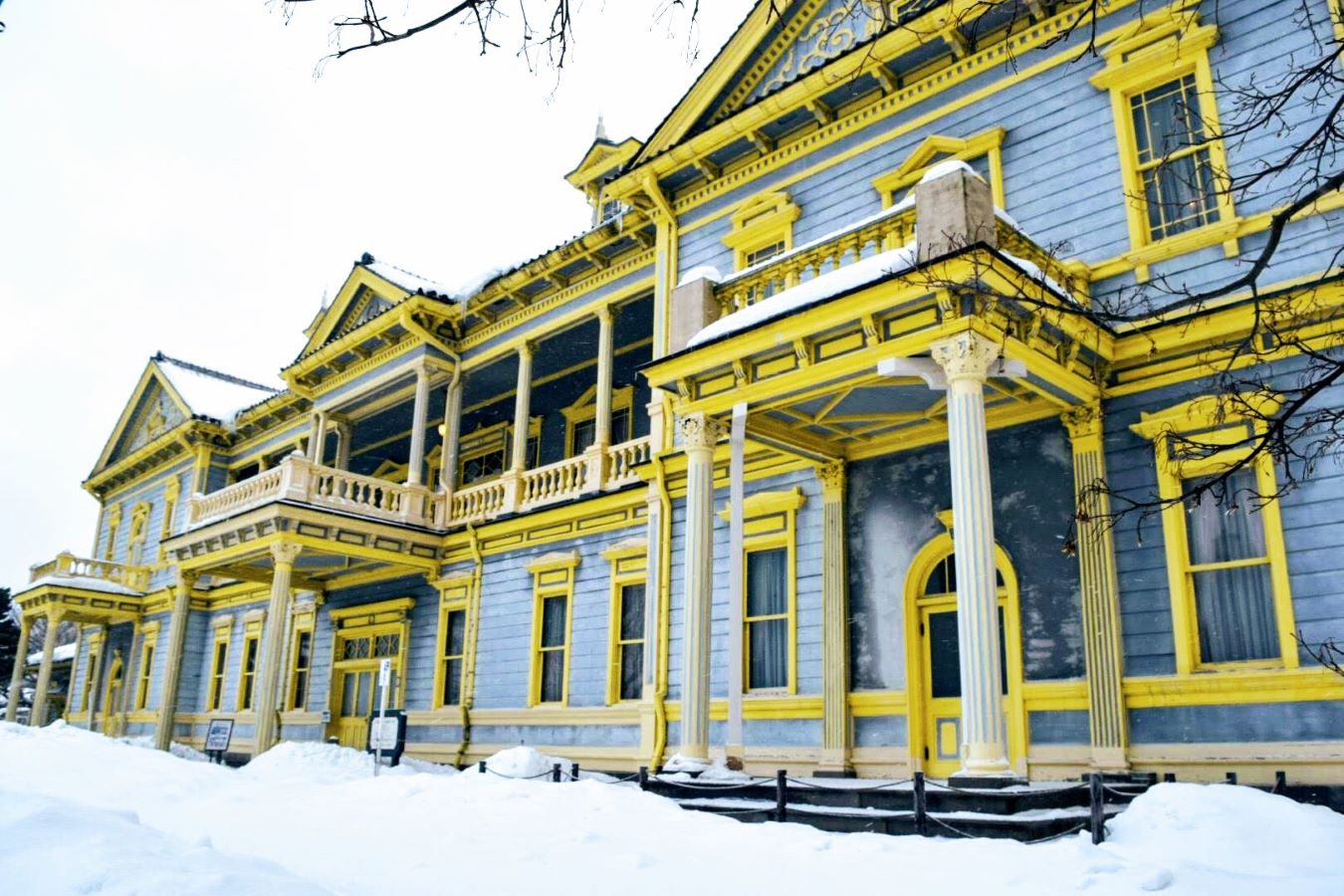
Standing proudly on a hill overlooking Hakodate Harbor, the unmissable Hakodate public hall has a distinctive blue-gray and lemon-yellow exterior that can’t help but draw you in. It is an iconic landmark of the fascinating Motomachi district.
Inside the charming building, the furniture, staircases, windows, columns, and other details are all superbly decorated, and the splendor of the time remains intact, including the guest room where the Taisho Emperor once stayed.

There is also a large hall with a floor space of 1,300 square meters, allowing you to fully enjoy the elegant atmosphere.
It is currently used as a concert hall and the building is lit up at night, making the sight of the building floating in the night sky worth seeing.
Hakodate Park
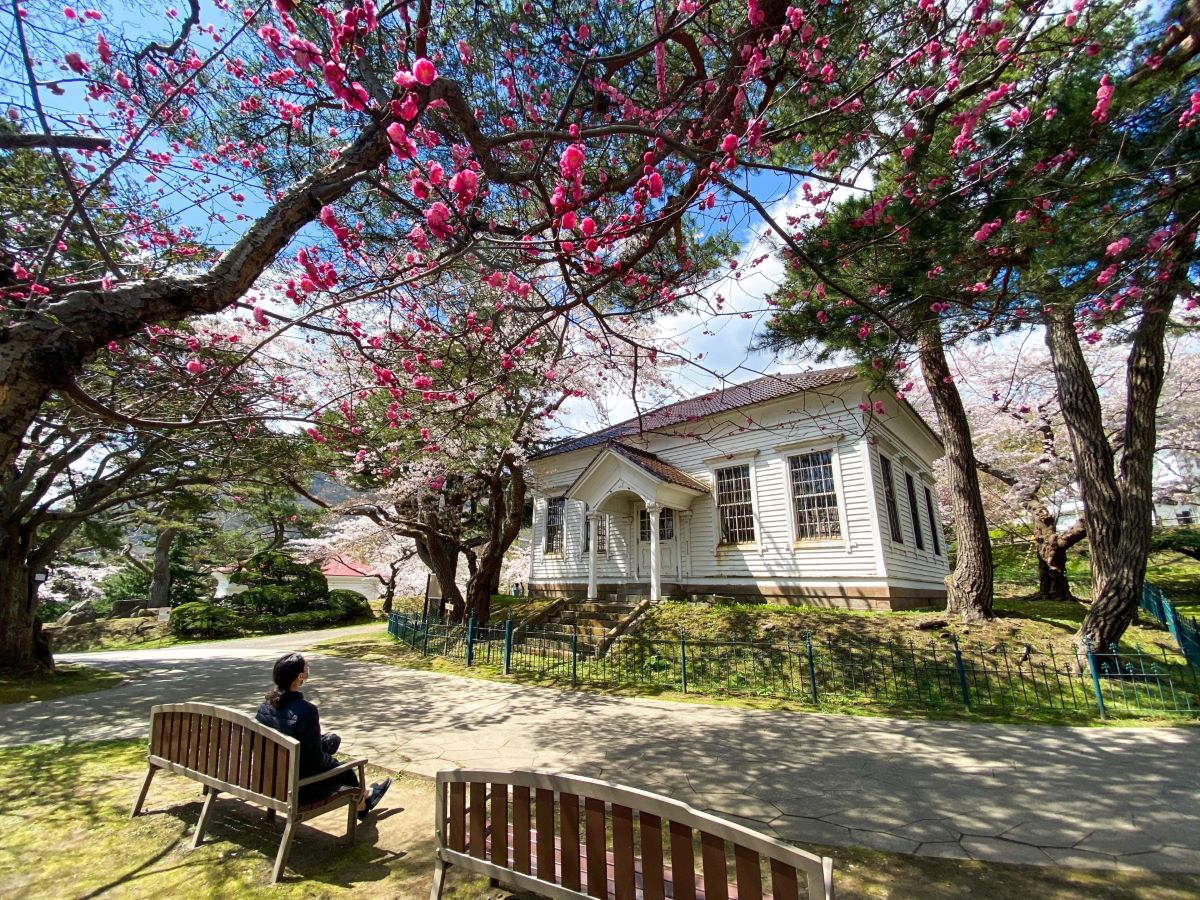
The int Hakodate Park is a popular cherry blossom viewing spot with approximately 400 cherry trees in bloom in spring.
The park is located in the direction of the streetcar line that travels to Hakodate Gokoku-jinja Shrine and it’s recommended that you visit both of these attractions together.
Hakodate Park was built in 1879 and also has a fountain plaza, a museum, and a cute if somewhat dated amusement park for kids.
Hakodate ParkLocated on a slightly elevated hill, from the top of the park you can enjoy a panoramic view of Hakodate Park plaza and the sea.
Onuma National Park
Onuma National Park HakodateThe magnificent Onuma National Park, in the center of the Watashima Peninsula, is an expansive vast natural park covering an area of about 9,000 hectares.
When visiting Hakodate a trip to Onuma can be a great place to experience Hokkaido’s famed nature up close.
The dramatic Komagatake, an active volcano, and the Onuma and Konuma Lakes, with over 100 small islands, are popular spots to enjoy barbecues, canoeing, and even snowmobiles in the winter while experiencing the rich nature that the area has on offer.
The Onuma National Park HakodateIn winter, you can try your hand at wakasagi (smelt) fishing where the lake is covered with ice more than 20 cm thick. The fish you catch can be fried and eaten on the spot.
Ofuna Jomon Ruins

The fascinating Jomon-era settlement site that can be freely visited at any time is in the Minamikayabe district on the east coast of the Watashima Peninsula.
The Ofuna Ruins site is a large-scale settlement site from the middle Jomon Period and is characterized by intriguing large dwelling sites, some of which are over 2 meters deep and 10 meters in diameter.
Both the Kakinoshima site and this Ofuna site have been registered as UNESCO World Cultural Heritage.
You are free to tour the site throughout the year, so take you can take your time and enjoy the experience and think about the lives of people long ago.
In addition to the Jomon no Niwa, a restored pit building and embankment remains, there is also an administration building with exhibits such as the Jomon no Mori, which aims to recreate the environment of the time through tree-planting activities.
Yunokawa Onsen Hot Springs
Yunokawa hot spring HakodateThe wonderful Yunokawa Onsen is a hot spring resort town near Hakodate Airport and is famous for its bathing monkeys.
It’s one of the three major hot spring villages in Hokkaido and the spring water is has a great balance or sodium and calcium chloride, which has excellent heat retention properties.
For a break from strolling around town, we recommend the footbath spot called Yumoributai right in front of the Yunokawa Onsen Electric Railway Station.
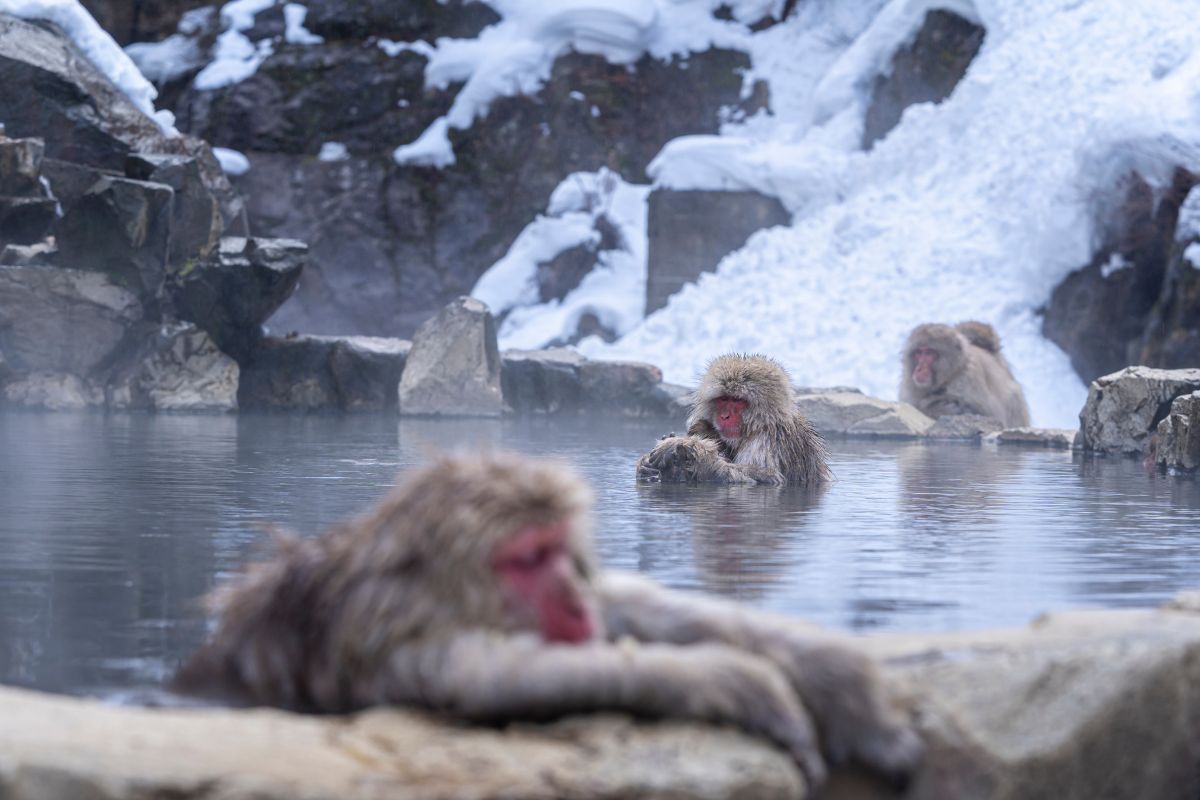
From December to early May, monkeys bathing in the hot springs can be seen in the so-called Monkey Mountain Hot Springs at the Hakodate Tropical Botanical Garden.
The Hakodate City Tram runs along the northern side of the hot spring resort, and it is also easily accessible from Hakodate Airport in about 5 minutes by car.
Cape Tachimachi

This picturesque cape juts out from the south side of Mount Hakodate and is a popular viewing spot where on a clear day, the Tsugaru and Shimokita Peninsulas can be seen from the top of the precipitous cliff.
On summer nights, you can see the fishing fires of squid fishing boats. It is located about a 10-minute drive from Hakodate Station or 15 minutes on foot from Yajigashira Streetcar Station.
Hakodate Jiyu Ichiba Market
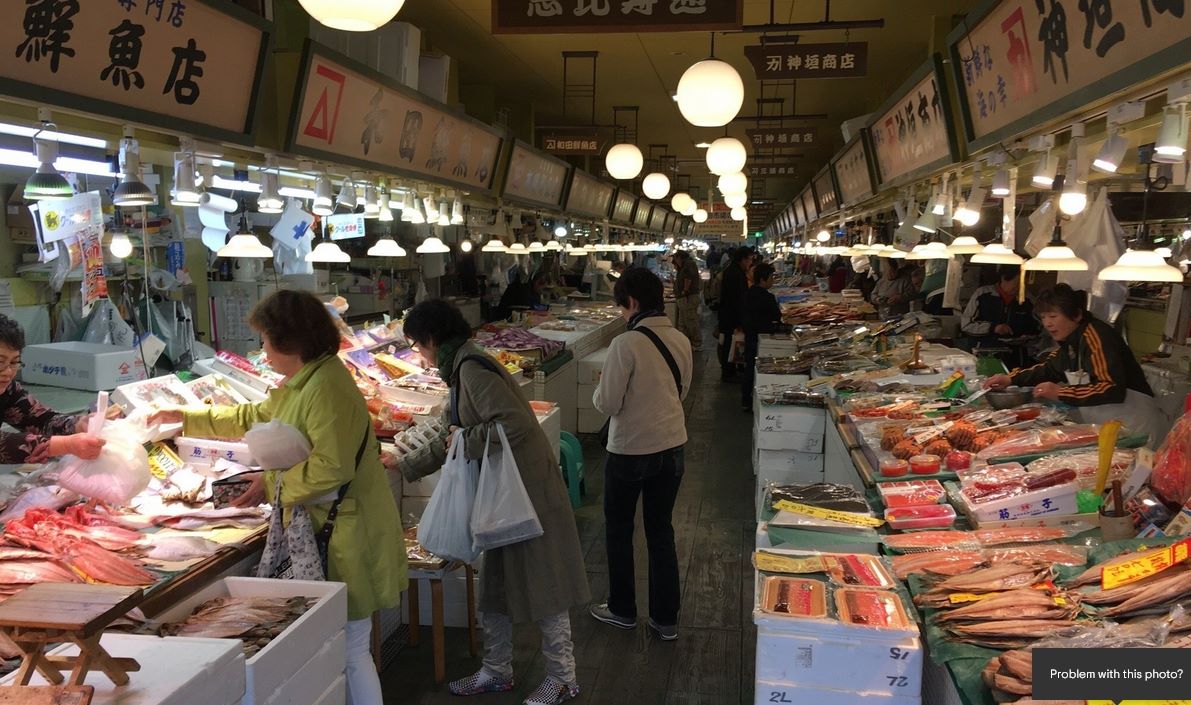
This is a full-scale market where professional chefs and people from Hakodate’s restaurant industry come to buy the freshest seafood and ingredients. However, it’s also a food exhibition space that welcomes many tourists from Japan and abroad.
The fabulous market is always bustling with activity and is home to about 40 stores selling mainly fresh fish, dried fish, produce, and local treats.

If it is winter, try the delicious sea urchin. You can ask the shopkeepers how to eat it.
Hakodate Museum of Art
The small but worthwhile Hakodate Museum of Art exhibits paintings by Tanabe Mie Matsu, Yokoyama Shozaburo, Iwafune Shuzo, and others, along with a collection of modern sculptures by the likes of Rodin and Bourdelle.
There is also an excellent contemporary art collection related to literary symbols by Maeda Moriichi and others focusing on works by artists associated with Donan.
More Things To Do In Hakodate
Here are a few more of the best things to do in Hakodate and the nearby areas of southern Hokkaido
- See the Hakodate Port Festival held each year at the start of August
- Shop for souvenirs at the JR Hakodate Train Station
- Check out the shops in the city center near Hakodate City Office
- Eat some delicious Hakodate Shio Ramen
